Around Iran no. 6 – Isfahan
4 comments
[ENG]
You can discuss and argue about every topic except one: "Isfahan is the most beautiful city in Iran." This agglomeration with approximately 2 million inhabitants is the third largest city in Iran. From the capital of Iran, Isfachan is located approximately 350 km south, and as a result, the climate around the city becomes even hotter and even more desert. Such a large city could only be built in the middle of the desert because it is located in an oasis at the foot of the Zagros Mountains at a significant altitude of 1,590 meters above sea level. Isfahan is located more or less in the heart of the country at the intersection of ancient trade routes leading from north to south and east to west, which has long made it a great commercial and industrial center. The heyday of Isfahan dates back to the 16th century, when Shah Abbas I the Great of the Safavid dynasty established the capital of the Persian Empire in this city. The city then grew to enormous sizes, becoming one of the largest cities in the world at that time, with over a million inhabitants.
[PL]
Dyskutować i spierać można się na każdy temat z wyjątkiem jednego: „Isfahan jest najpiękniejszym miastem w Iranie”. Ta licząca około 2 miliony mieszkańców aglomeracja jest trzecim największym miastem w Iranie. Od stolicy Iranu, Isfachan położony jest w odległości około 350 km na południe, a co za tym idzie klimat wokół miasta staje się jeszcze bardziej gorący, jeszcze bardziej pustynny. Tak wielkie miasto moglo powstać pośród pustyni wyłącznie dlatego, że znajduje się w oazie u podnóża gór Zagros na znacznej wysokości wynoszącej aż 1590 metrów nad poziomem morza. Isfahan znajduje się mniej więcej w sercu kraju na przecięciu dawnych szlaków handlowych prowadzących z północy na południe i ze wschodu na zachód, co od dawien dawna czyniło go wielkim centrum handlowo przemysłowym. Czasy rozkwitu Isfahanu to XVI w., gdy szach Abbas I Wielki z dynastii Safawidów ustanowił w tym mieście stolicę imperium perskiego. Miasto rozrosło się wówczas do ogromnych rozmiarów stając się jednym z największych miast ówczesnego świata, w którym mieszkał ponad milion mieszkańców.
[ENG]
What is most important in Isfahan are the city's unique monuments, two of which have been separately entered on the UNESCO World Heritage List. The first facility is Masjed-e Jāmé in Isfahan, i.e. the Great Mosque, also known as the Friday Mosque. It is the largest mosque in Iran with an area of 2 hectares. It dates back to 841, making it Iran's oldest mosque still standing. Its form became a model imitated by other mosque builders throughout the region, and numerous reconstructions are testimony to the development of Islamic art over almost 1,200 years. The second Isfahan site included on the UNESCO World Heritage List is Maidan-e Emam, or Imam Square. This monstrous square measures 512 meters by 159 meters and was built at the end of the 17th century by Shah Abbas I. The square is surrounded by an integrated complex of impressive buildings and two-level arcades. The square was intended to serve as a place for royal ceremonies and a polo field. On the southern side of the square there is the Imam Mosque, on the western side is the Ali Kapu Palace, on the eastern side is the Sheikh Lotfollah Mosque, and the northern part is adjacent to the Grand Bazaar of Isfahan.
In addition to the above monuments, one of the city's main attractions is a number of bridges crossing the Zajande Rud River flowing through Isfahan. I may have exaggerated a bit when I said "a flowing river", because during our stay in the city there was no water in this seasonal river at all and this is a normal condition. An abnormal condition is when in winter, during rainfall, the river bed fills with water and then historical bridges such as the Thirty-Three Arch Bridge from 1602 and the Pol-e Khaju Bridge from 1650 perform an actual communication function.
[PL]
To co najważniejsze w Isfahanie to unikalne na skale światową zabytki miasta, z których aż dwa doczekały się oddzielnych wpisów na listę światowego dziedzictwa UNESCO. Pierwszy z obiektów to Masjed-e Jāmé w Isfahanie, czyli Wielki Meczet, zwany także meczetem Piątkowym. Jest on największym meczetem w Iranie mającym powierzchnię 2 hektarów. Pochodzi z roku 841, co czyni go najstarszym wciąż istniejącym meczetem Iranu. Jego forma stała się wzorcem naśladowanym przez innych budowniczych meczetów w całym rejonie, a liczne przebudowy stanowią świadectwo rozwoju sztuki islamskiej na przestrzeni niemal 1200 lat. Drugi Isfahański obiekt wpisany na listę światowego dziedzictwa UNESCO to Majdan-e Emam czyli Plac Imama. Ten monstrualnych rozmiarów plac posiada wymiary 512 metrów na 159 metrów i został zbudowany w końcówce XVII wieku przez Shaha Abbasa I. Plac otoczony jest zintegrowanym kompleksem okazałych budynków i dwupoziomowych arkad. Plac miał służyć jako miejsce ceremonii królewskich i boisko do gry w polo. Po południowej stronie placu znajduje się meczet Imama, po zachodniej pałac Ali Kapu, po wschodniej meczet Szejcha Lotfollaha, a północna część przylega do Wielkiego Bazaru Isfahanu.
Poza powyższymi zabytkami jedną z głównych atrakcji miasta jest szereg mostów przekraczających przepływająca przez Isfahan rzekę Zajande Rud. Mówiąc „przepływającą rzeką” trochę przesadziłem, ponieważ podczas naszego pobytu w mieście w tej okresowej rzece nie było wcale wody i jest to stan normalny. Stanem nienormalnym jest to gdy w zimie w trakcie opadów koryto rzeczne wypełnia się wodą i wówczas historyczne mosty takie jak: Most Trzydziestu Trzech Łuków z 1602 roku oraz Pol-e Chadżu z roku 1650 pełnią faktyczna funkcję komunikacyjną.
[ENG]
My last memory of Isfahan is how multicultural and open this city is. When traveling around Iran, we stayed most often through the Couchsurfing community. It so happened that in Isfahan we were hosted by an Iranian who studied in Poland and had just returned to his family home for the holidays. He invited us to a picnic outside the city one evening, where the entire thriving Couchsurfer community from the city met. Apart from grilling and smoking hookah, the evening will be spent talking about politics. It is a sad picture that a large part of Iranian society does not agree with the radical policies pursued by the Iranian government.
[PL]
Ostatnim moim wspomnieniem z Isfahanu jest to jak bardzo wielokulturowe i otwarte jest to miasto. Podróżując po Iranie nocowaliśmy najczęściej za pośrednictwem społeczności Couchsurfing. Tak się złożyło, że w Isfahanie ugościł nas Irańczyk, który studiował w Polsce i akurat wrócił do swojego rodzinnego domu na wakacje. Zaprosił nas jednego z wieczorów na piknik za miastem, gdzie spotkała się cała prężnie działająca społeczność Couchsurferów z miasta. Poza grillowaniem, i paleniem fajki wodnej wieczór upłyną nam na rozmowach o polityce. Smutnym obrazem jest to, jak duża część społeczeństwa irańskiego nie zgadza się z radykalna polityką prowadzoną przez Irański rząd.
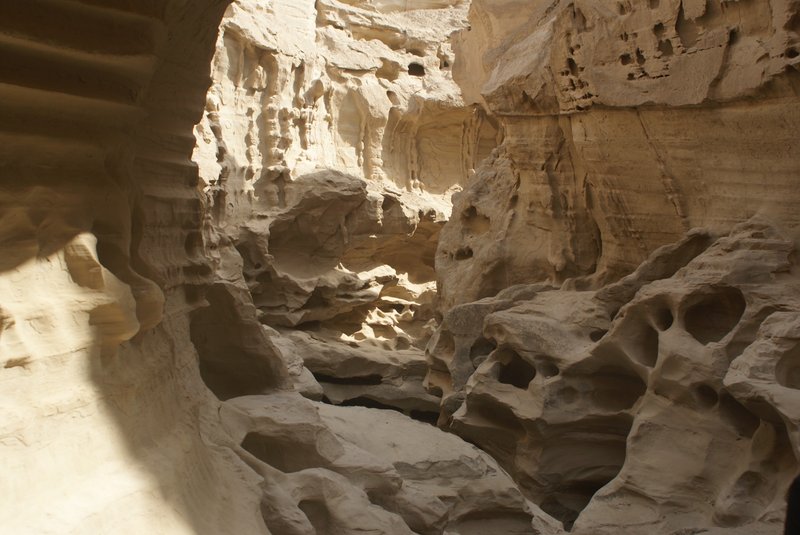
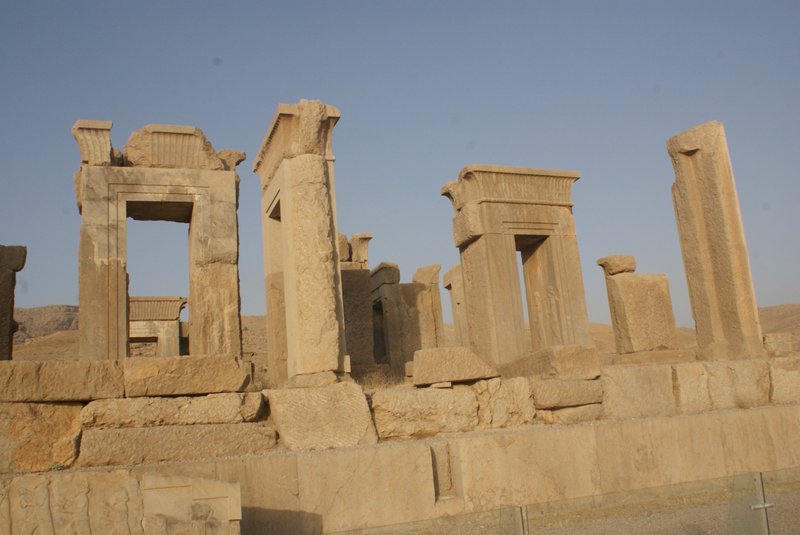
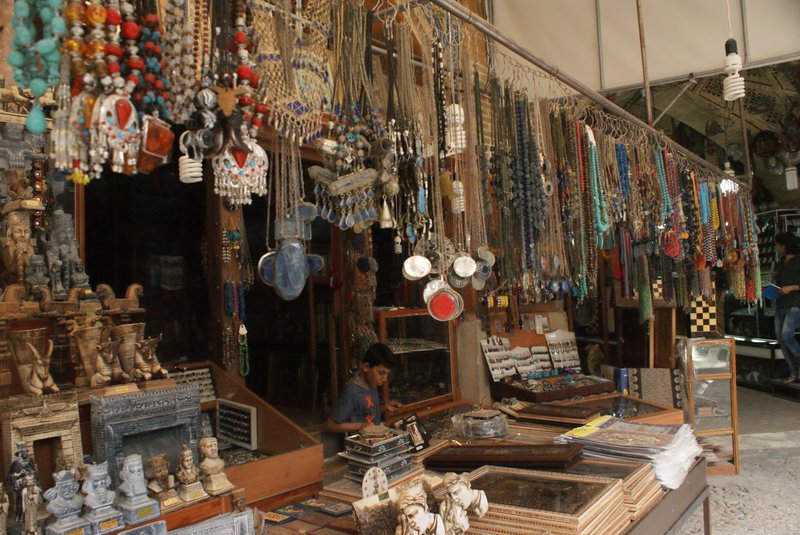
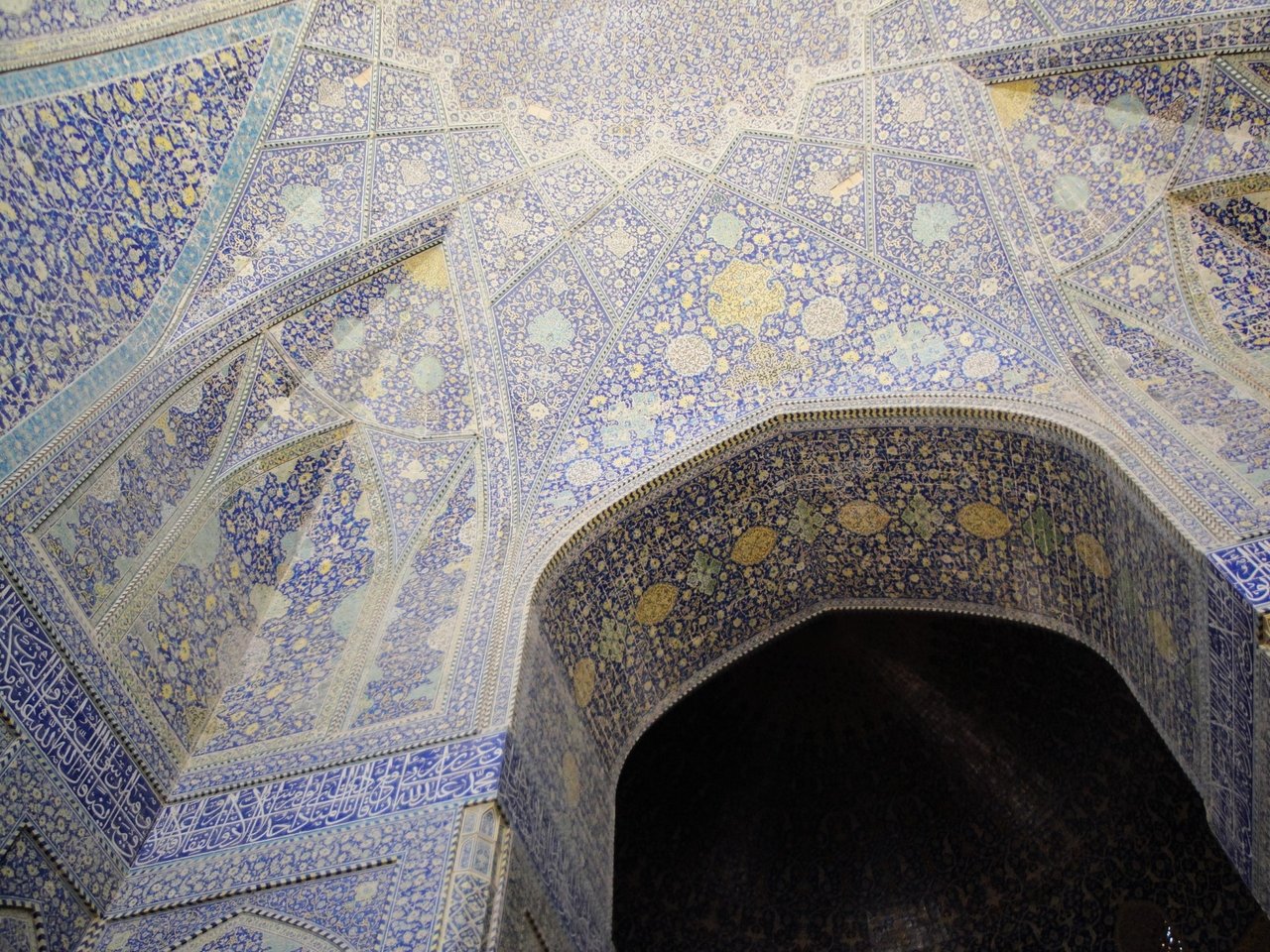
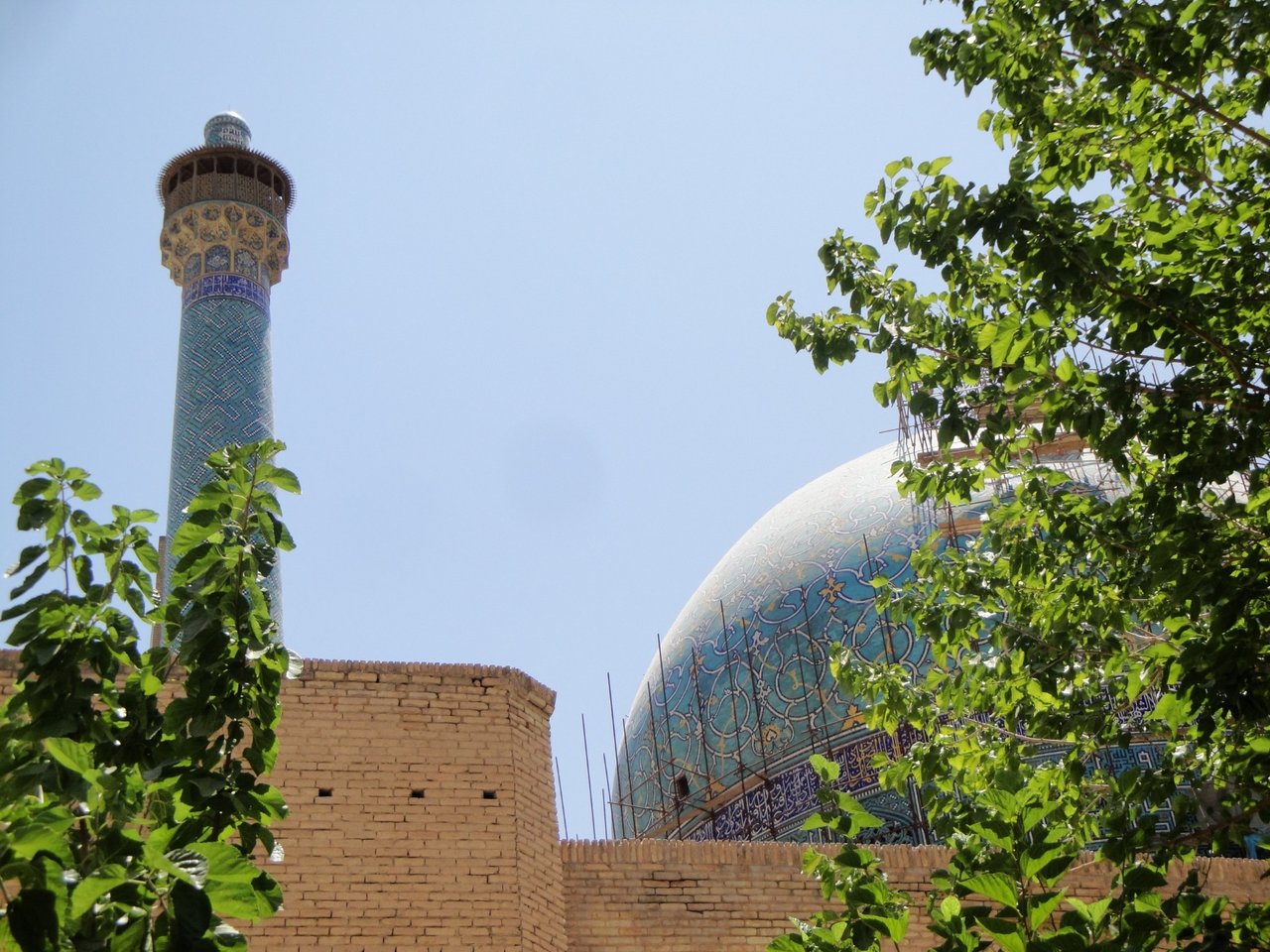
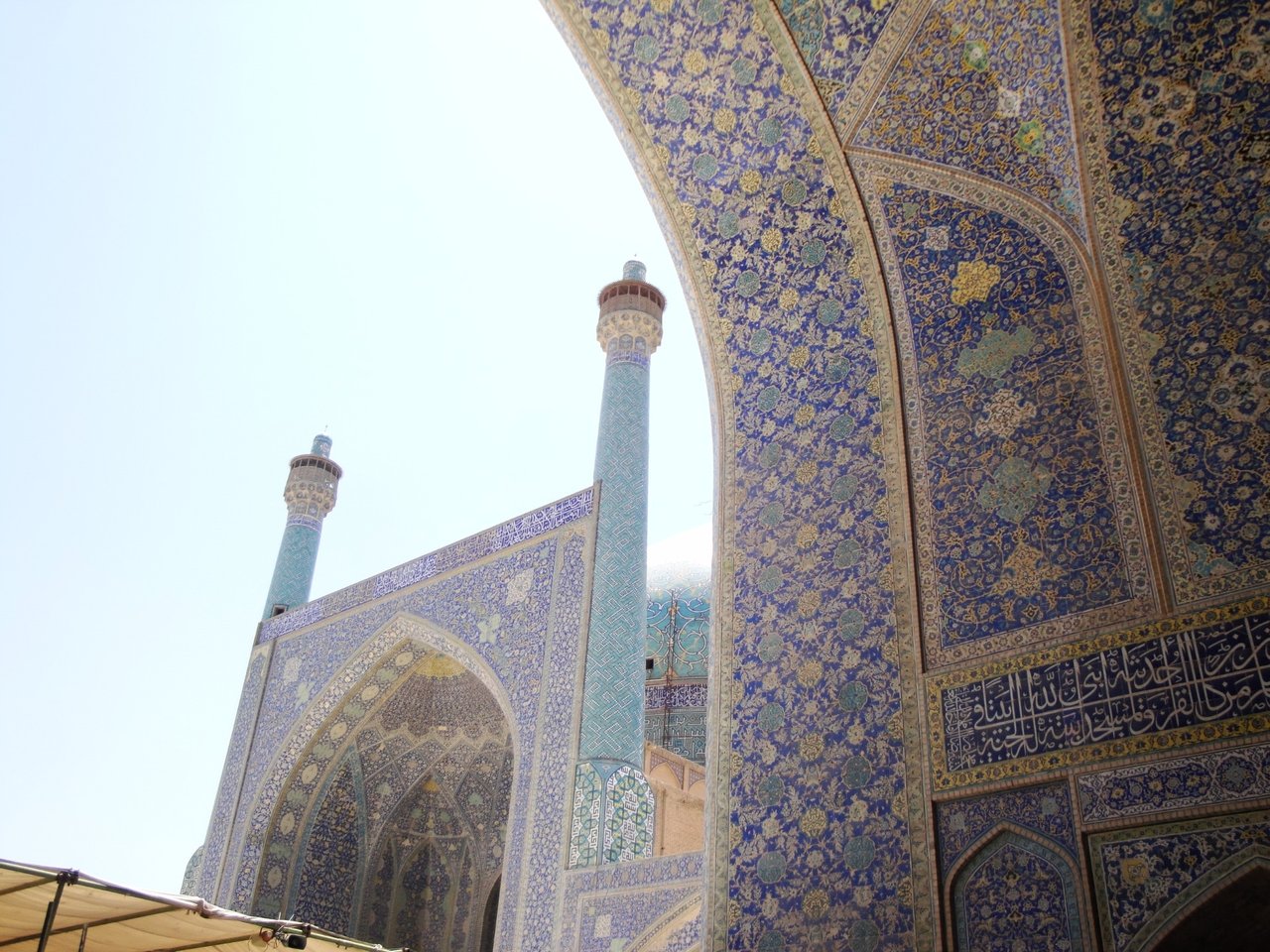
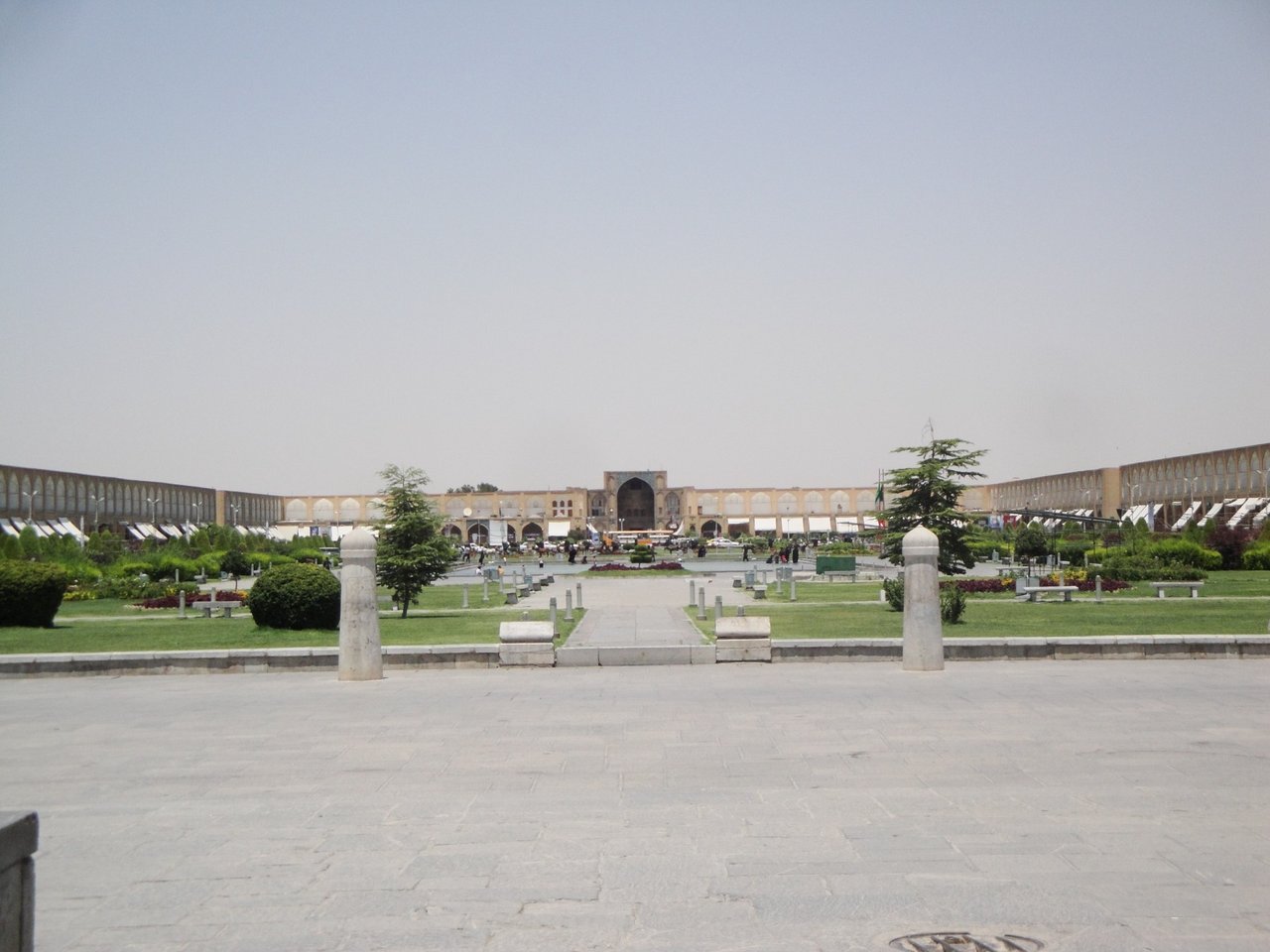
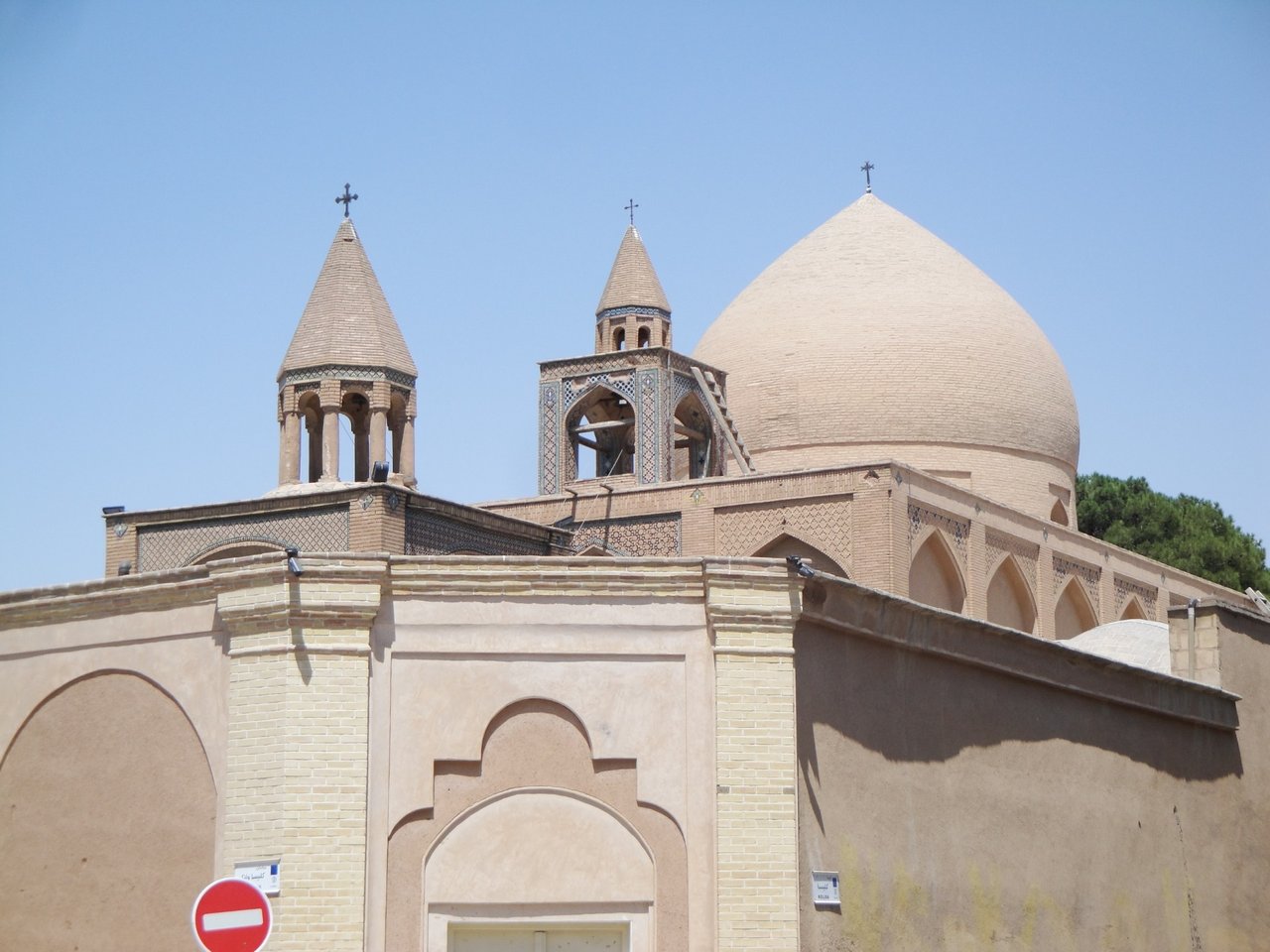

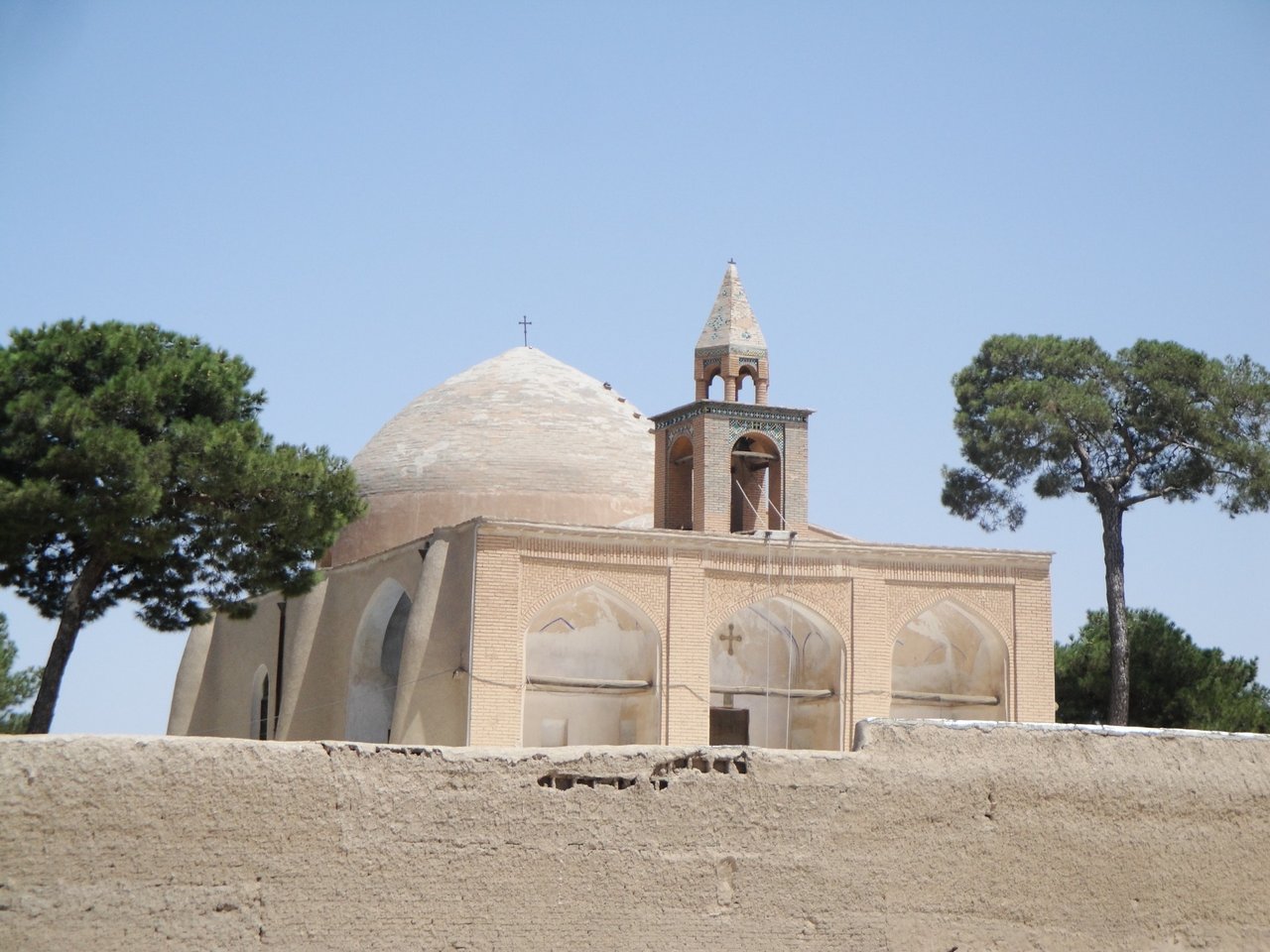
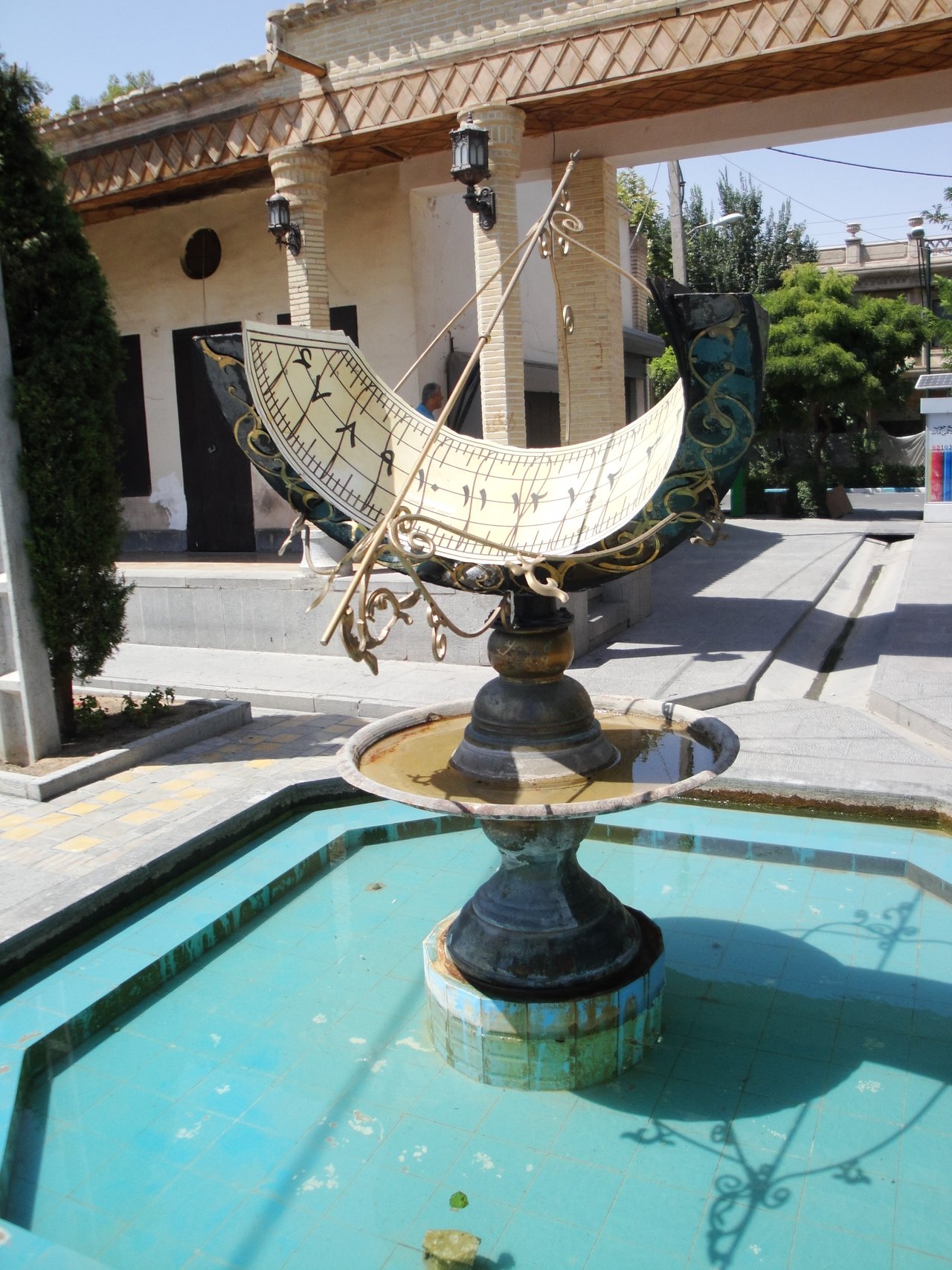
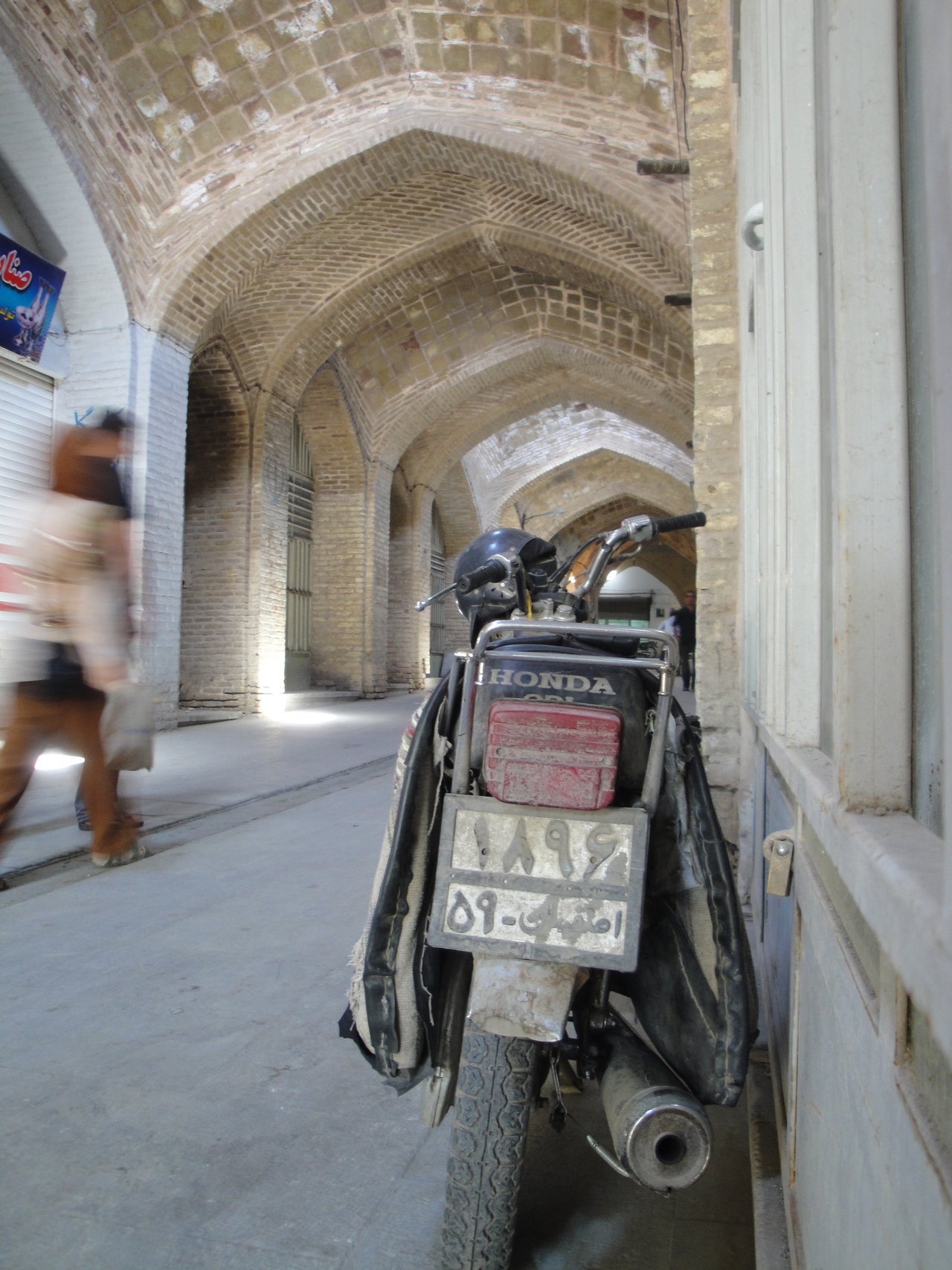

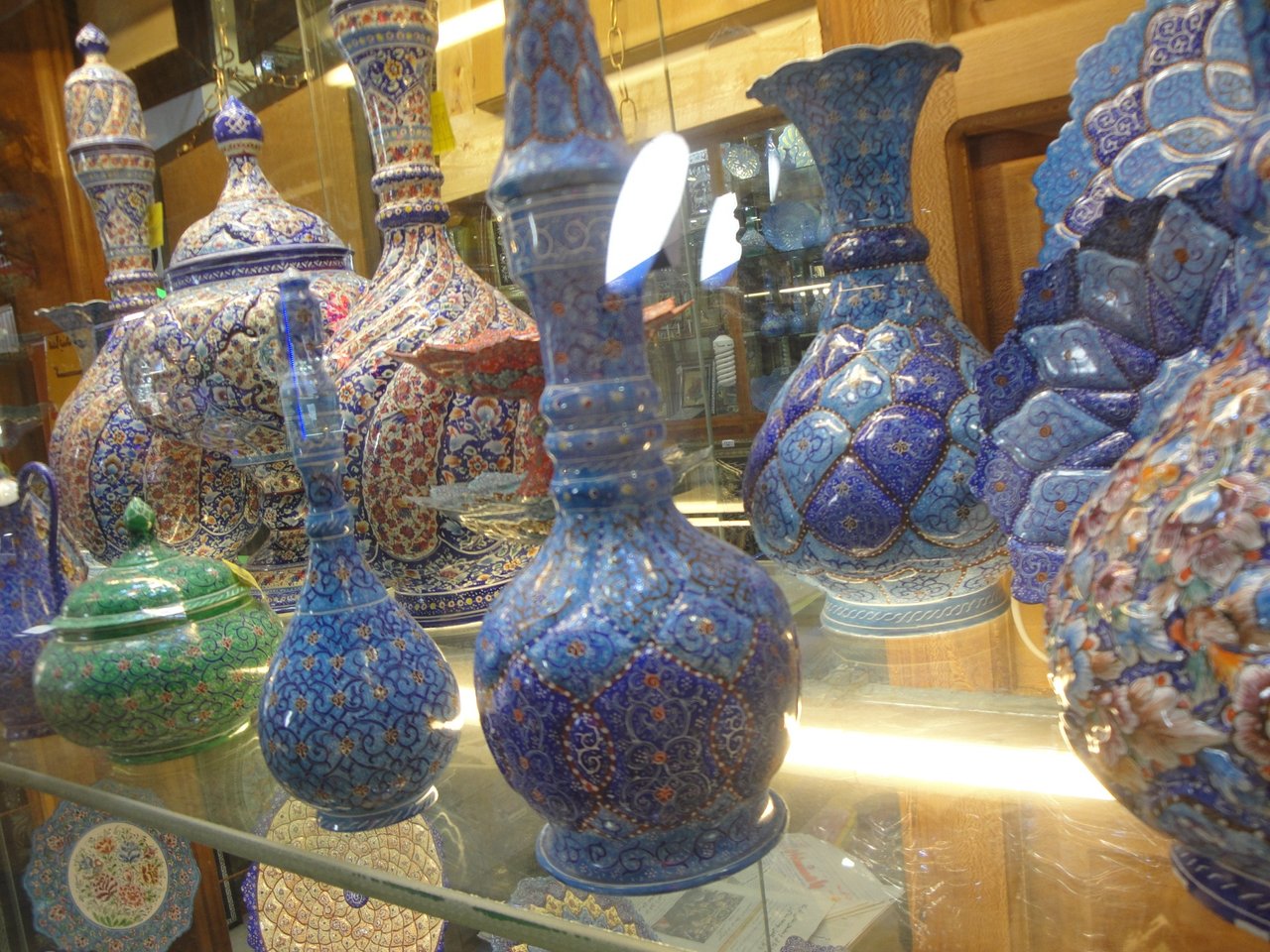
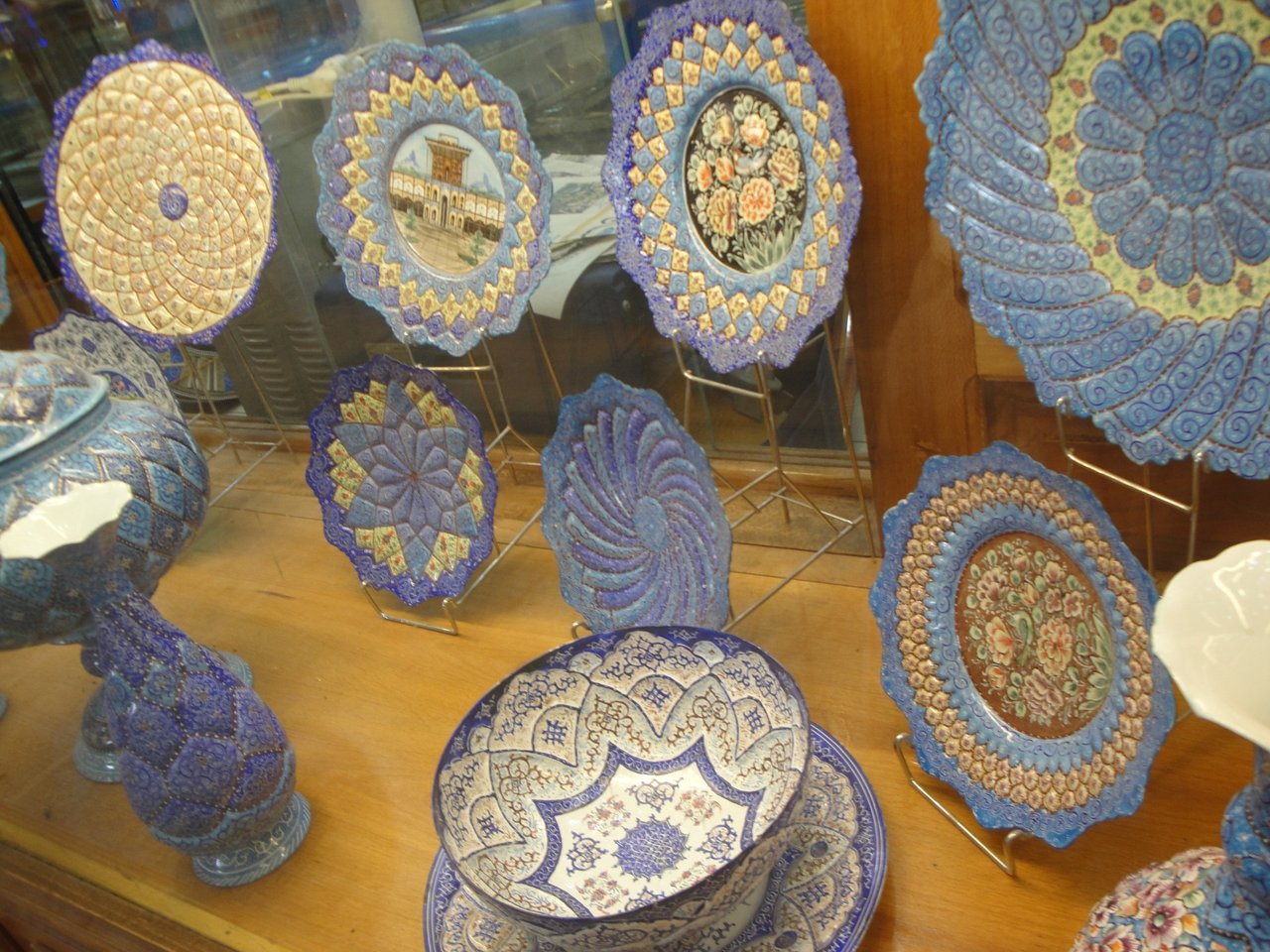
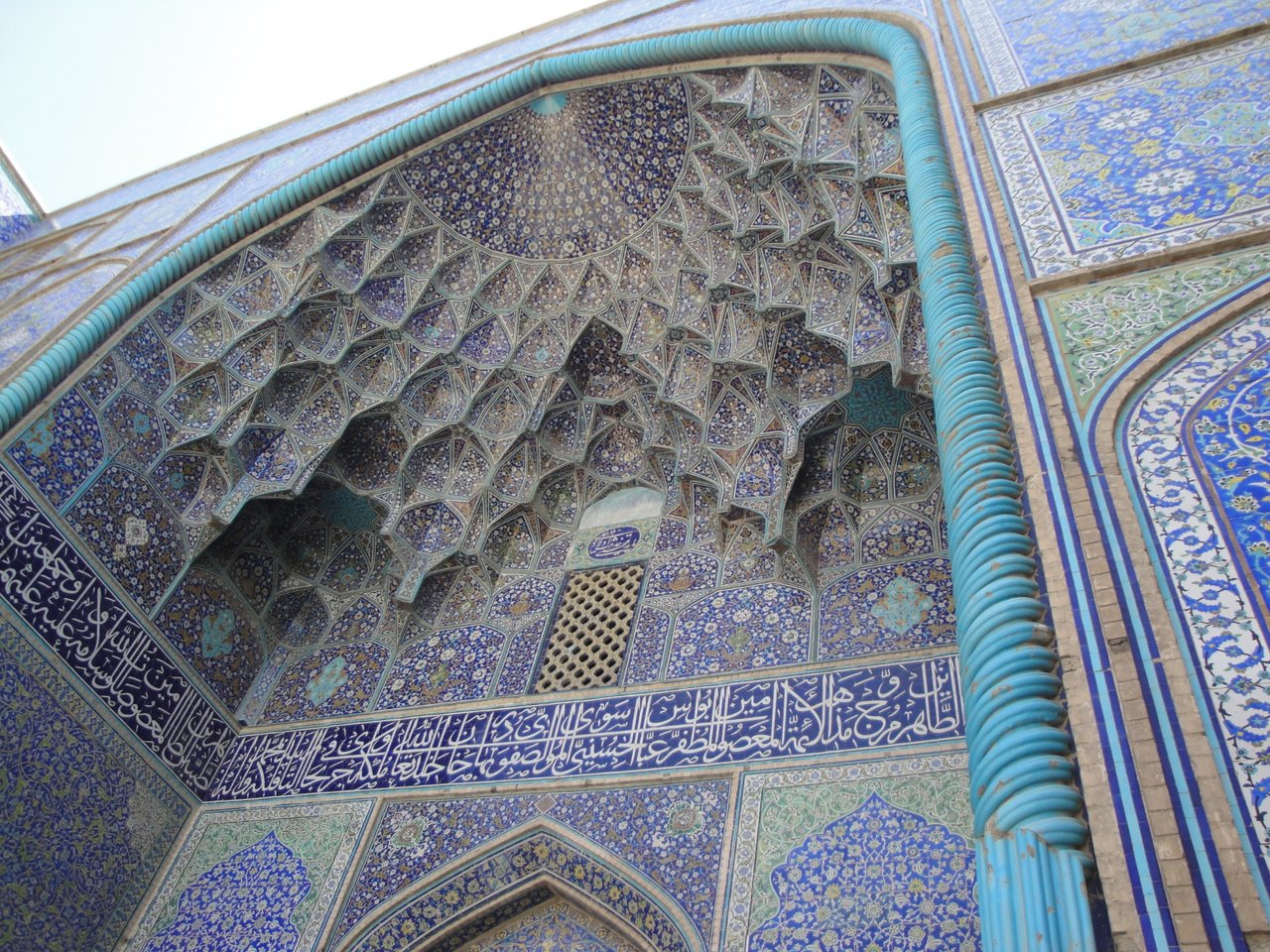
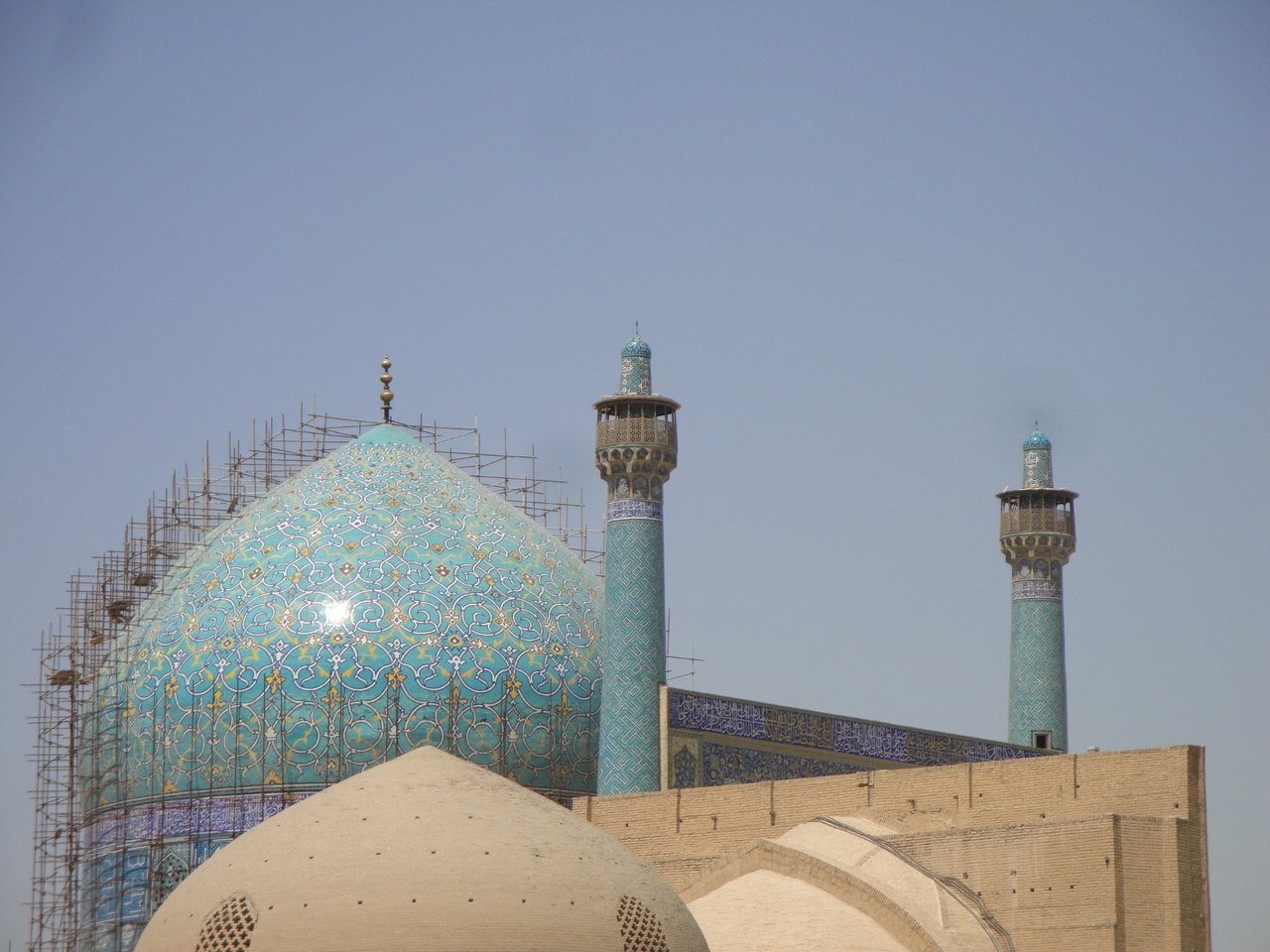
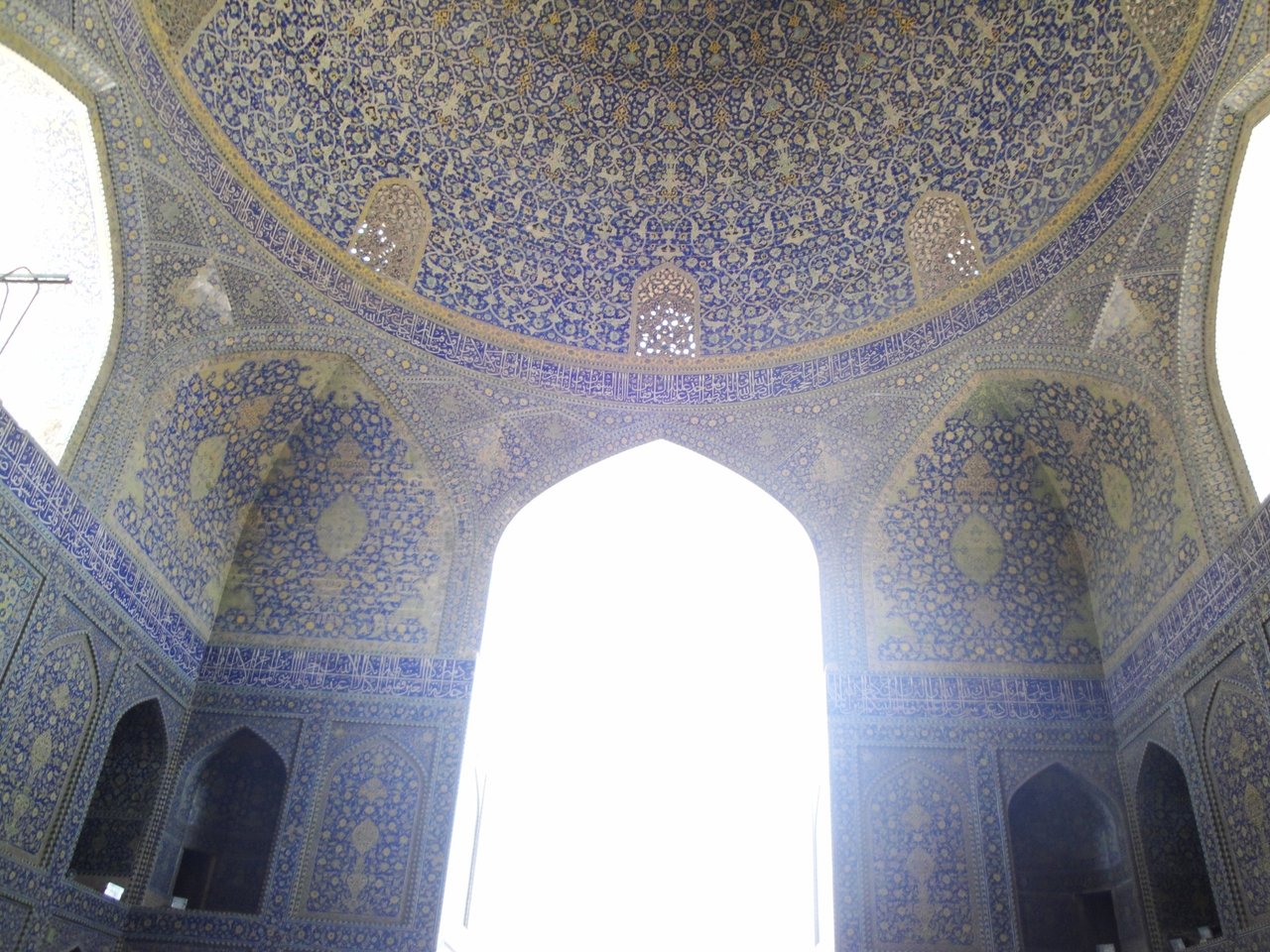
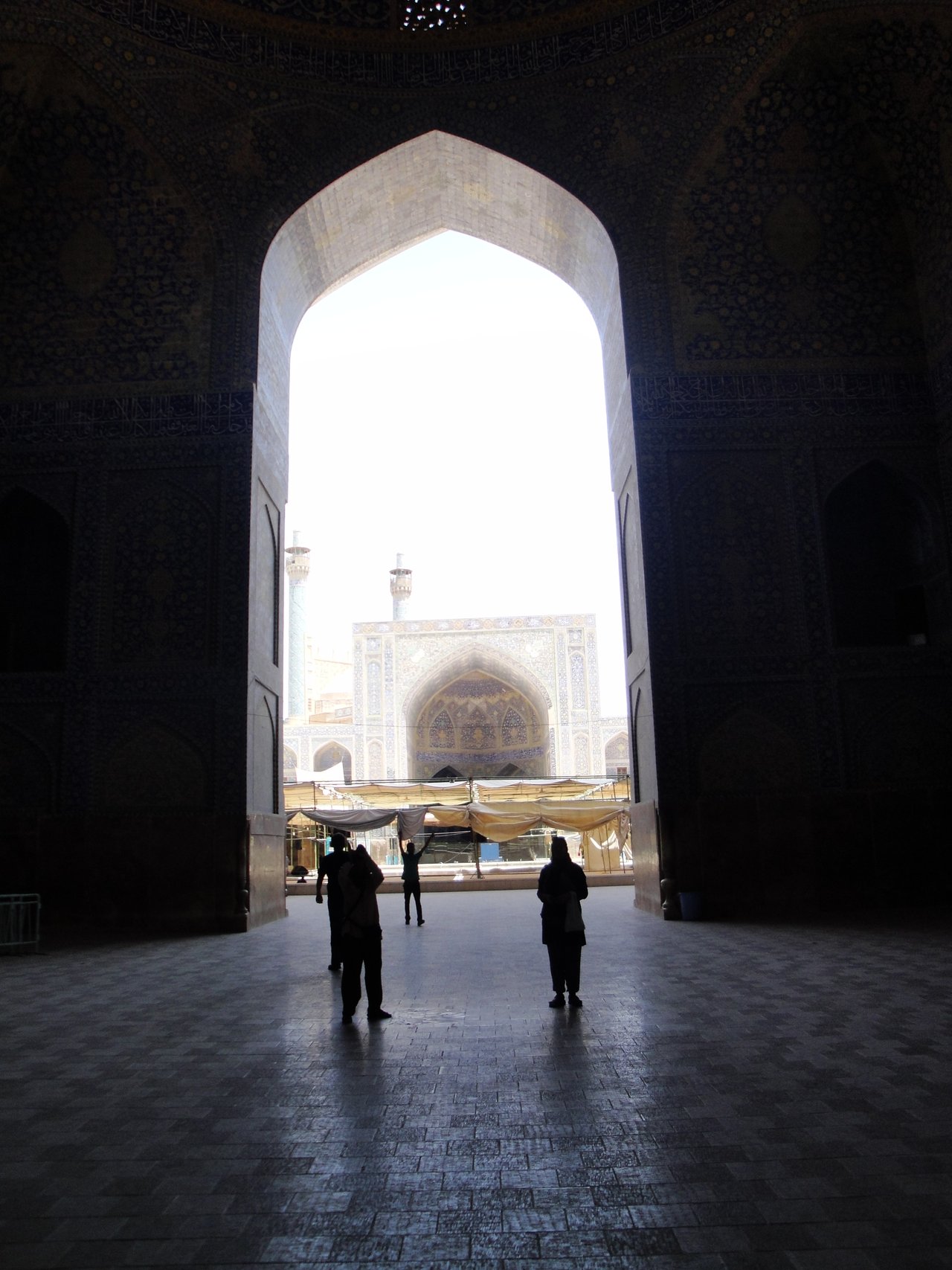

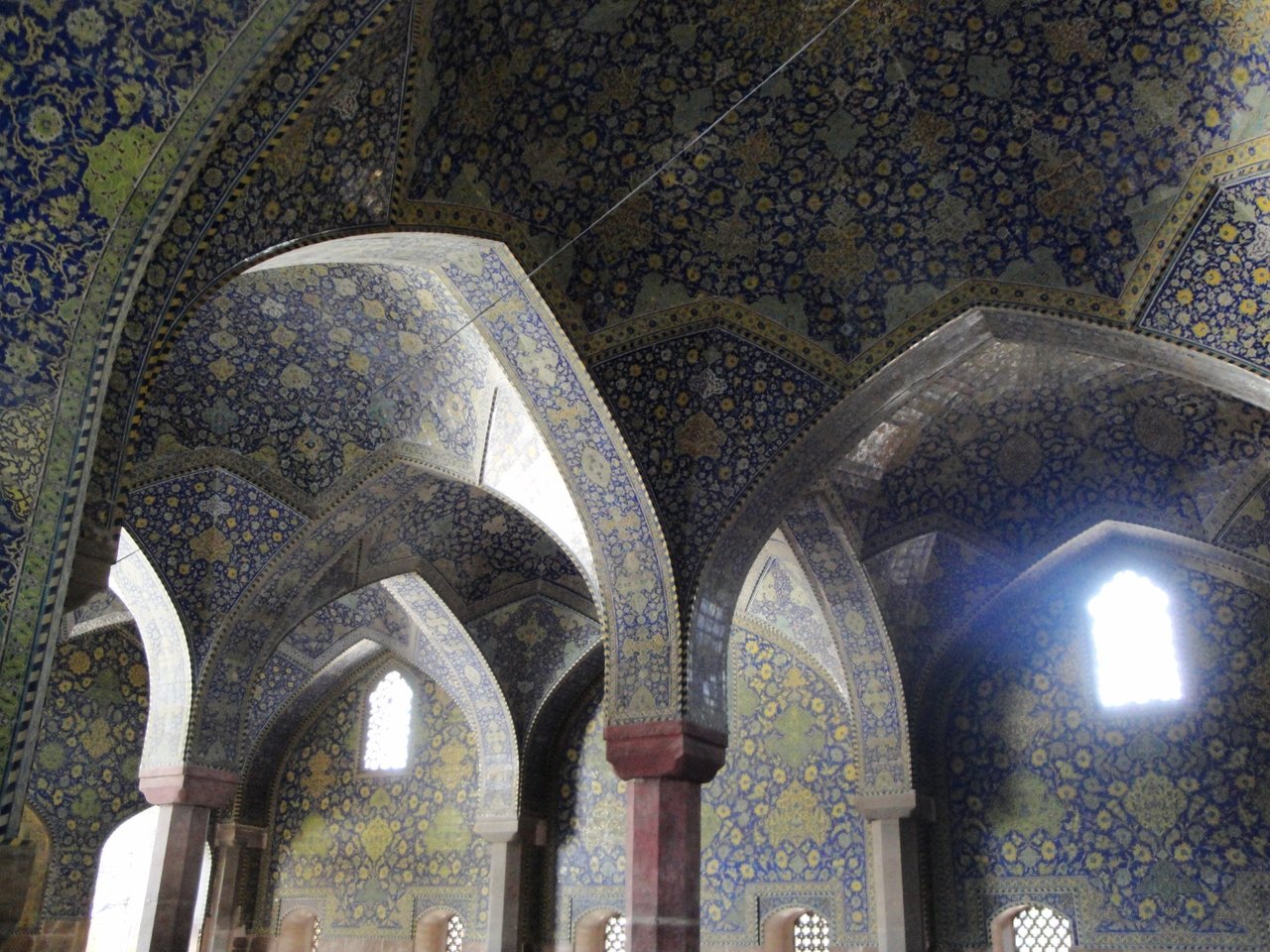

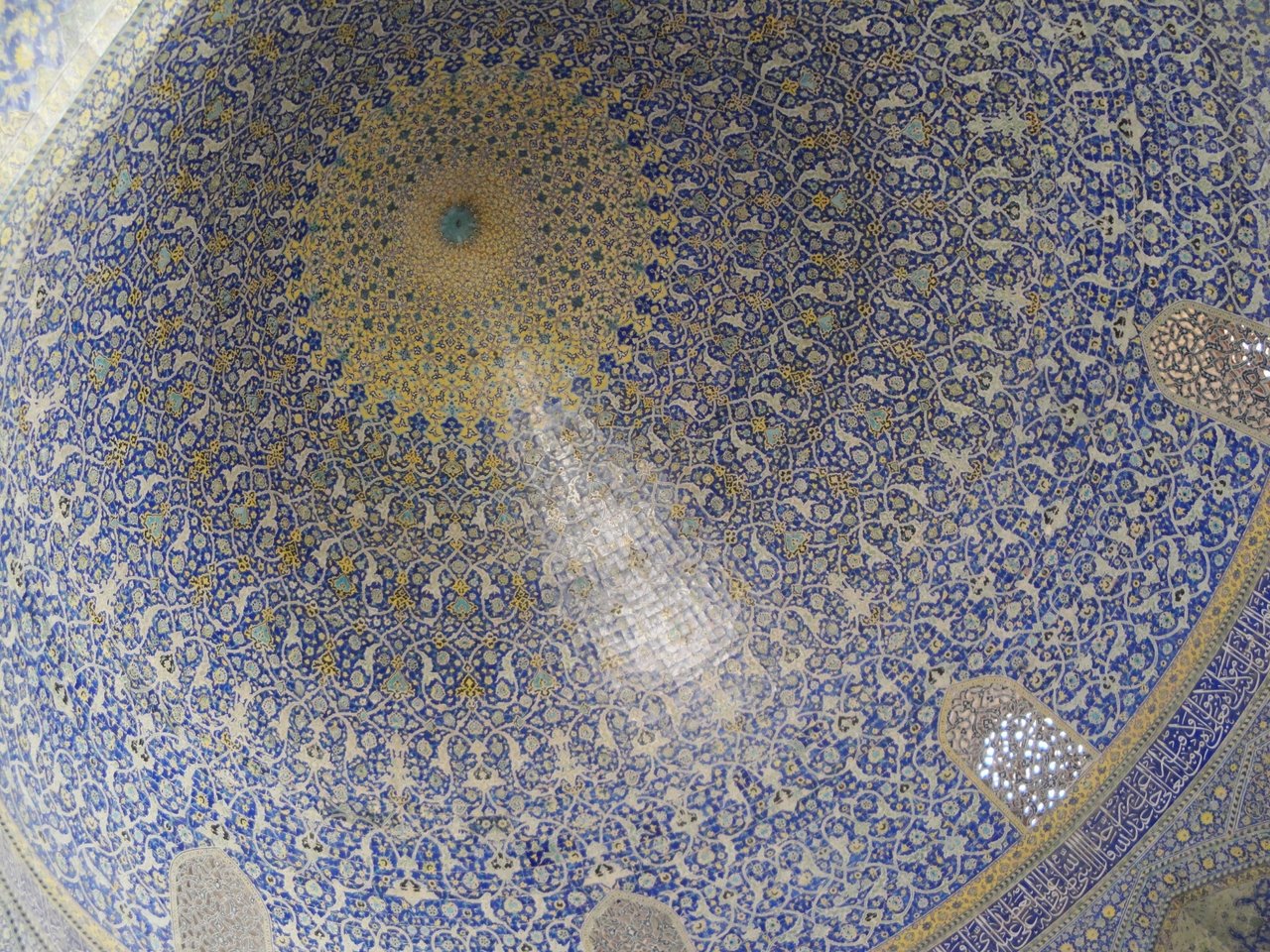
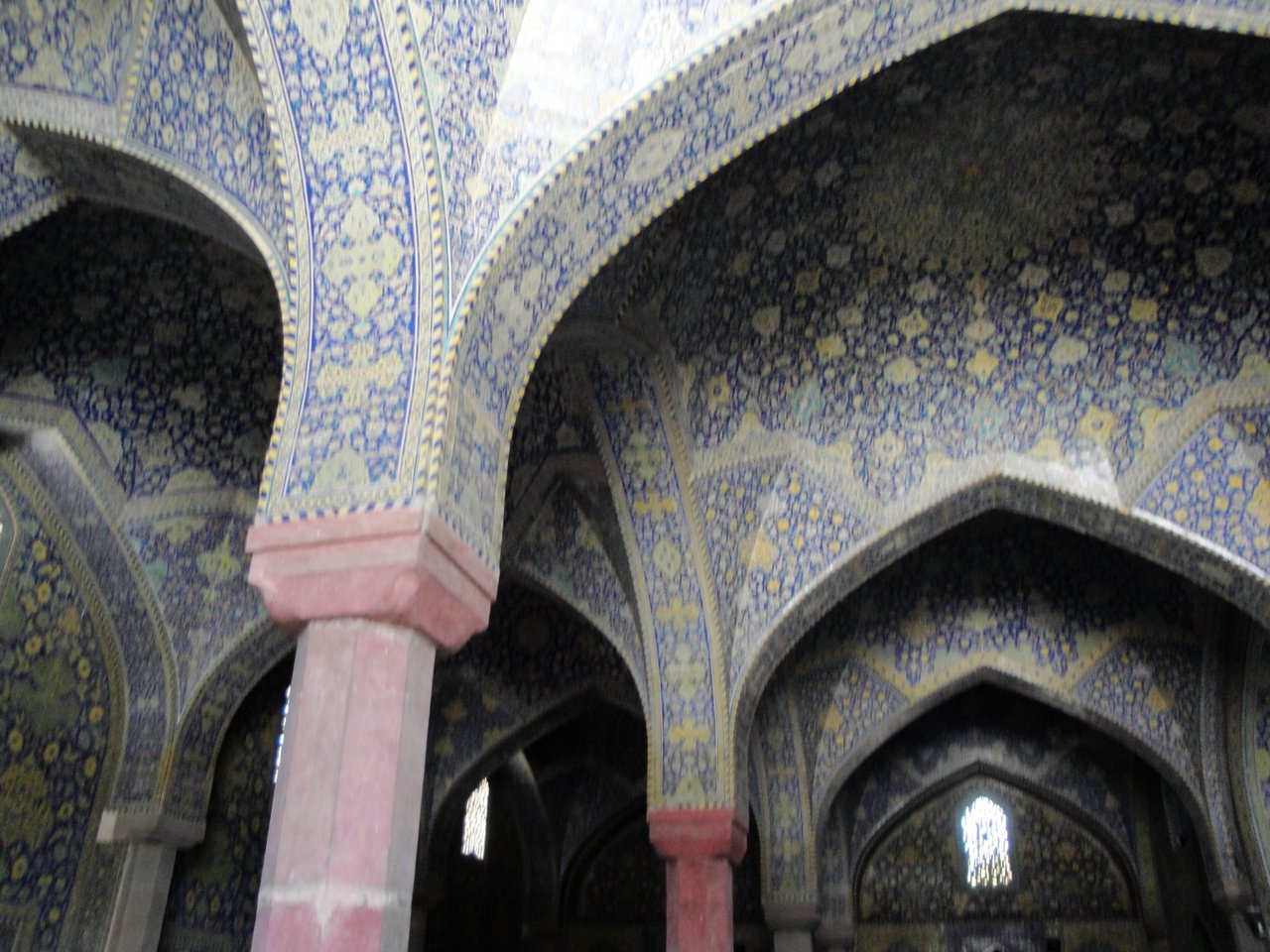
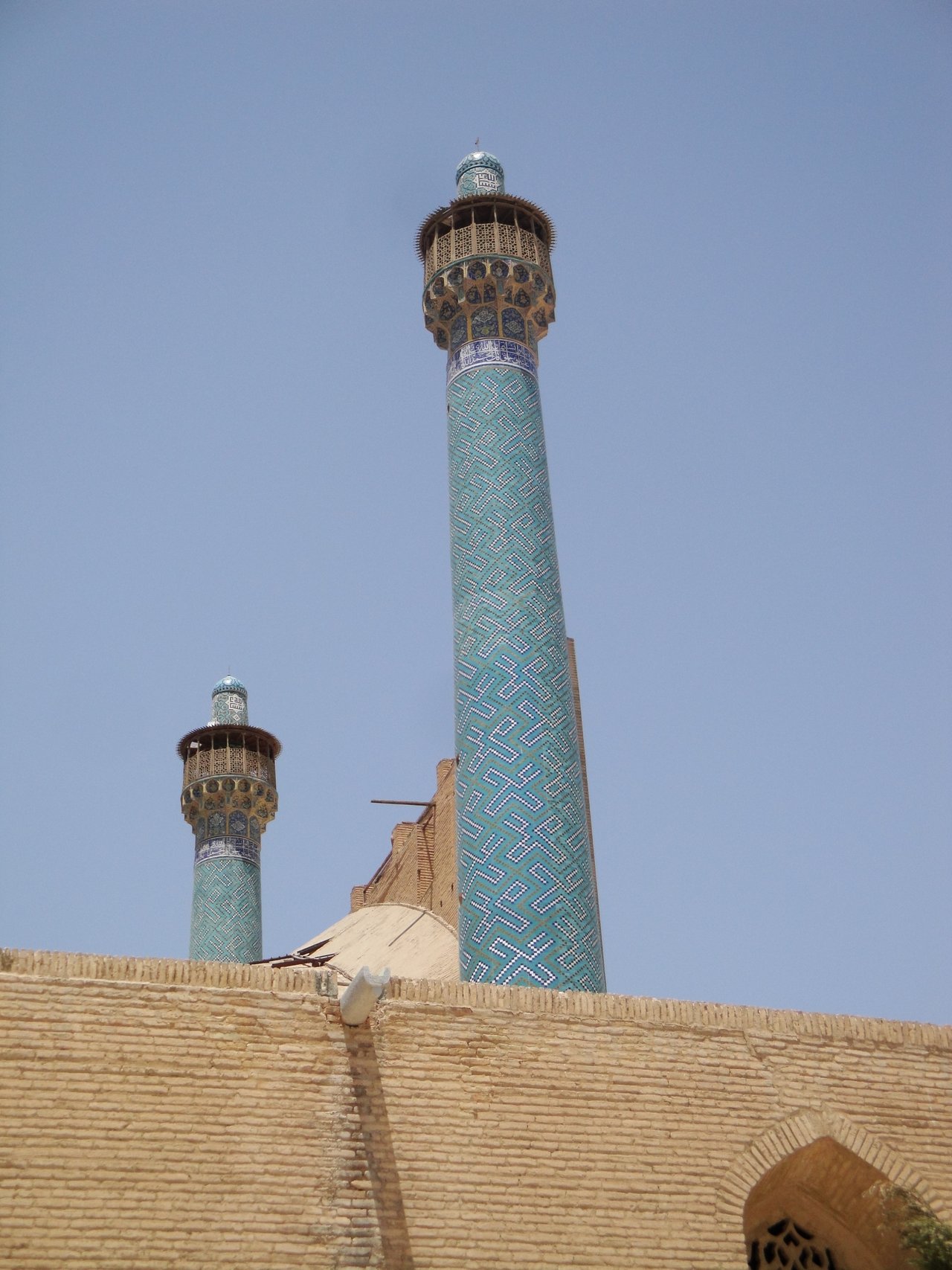
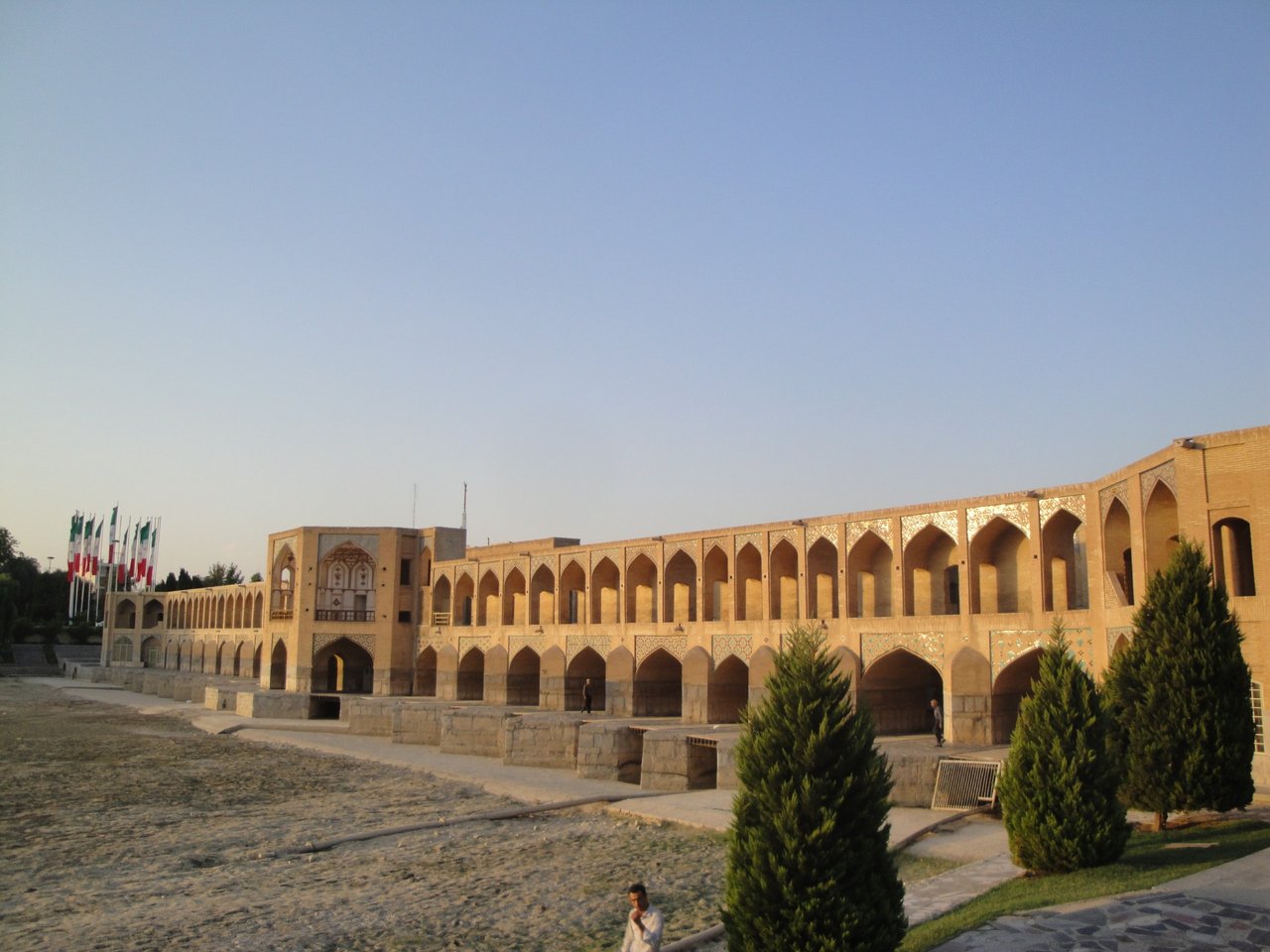

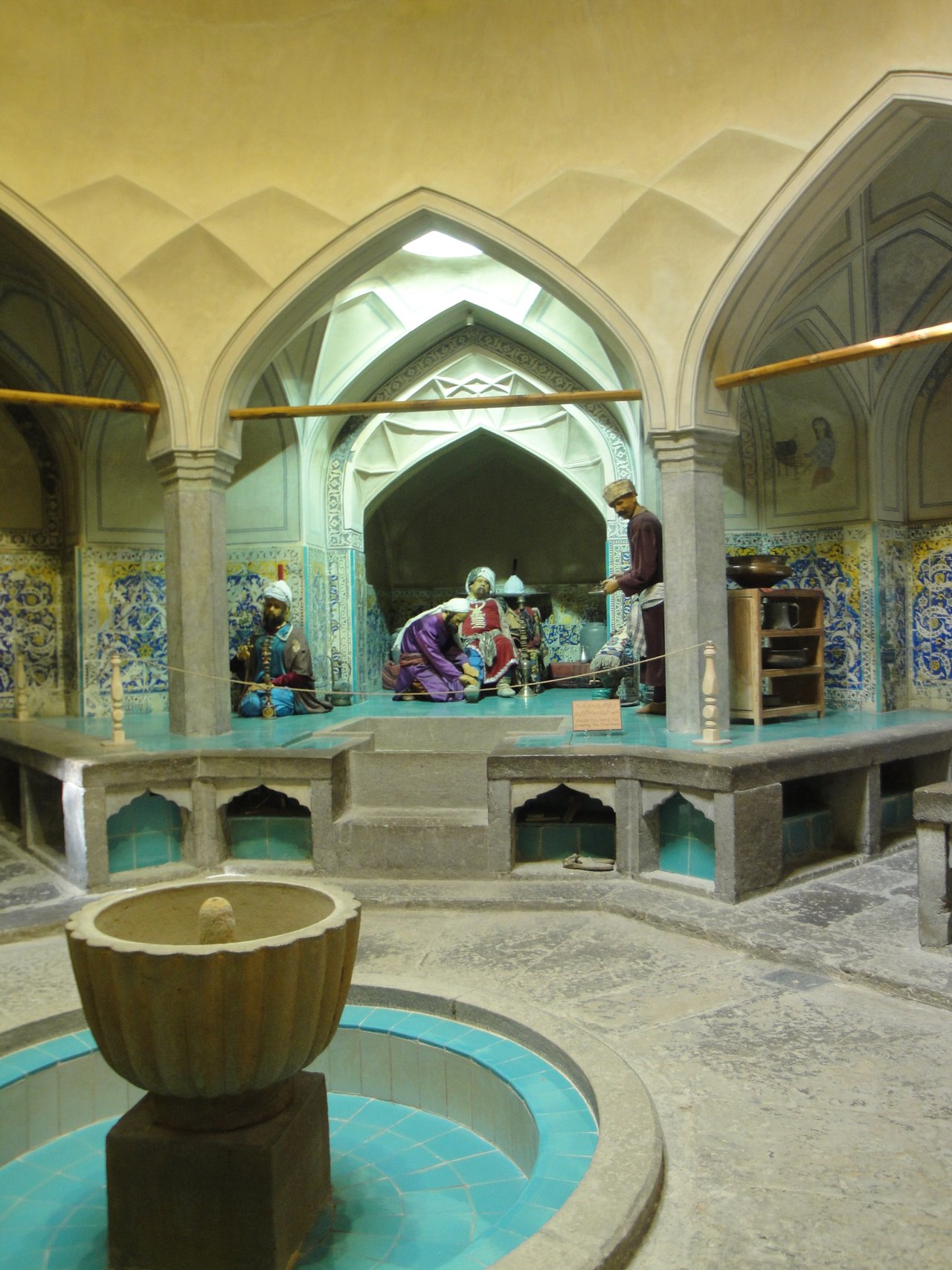
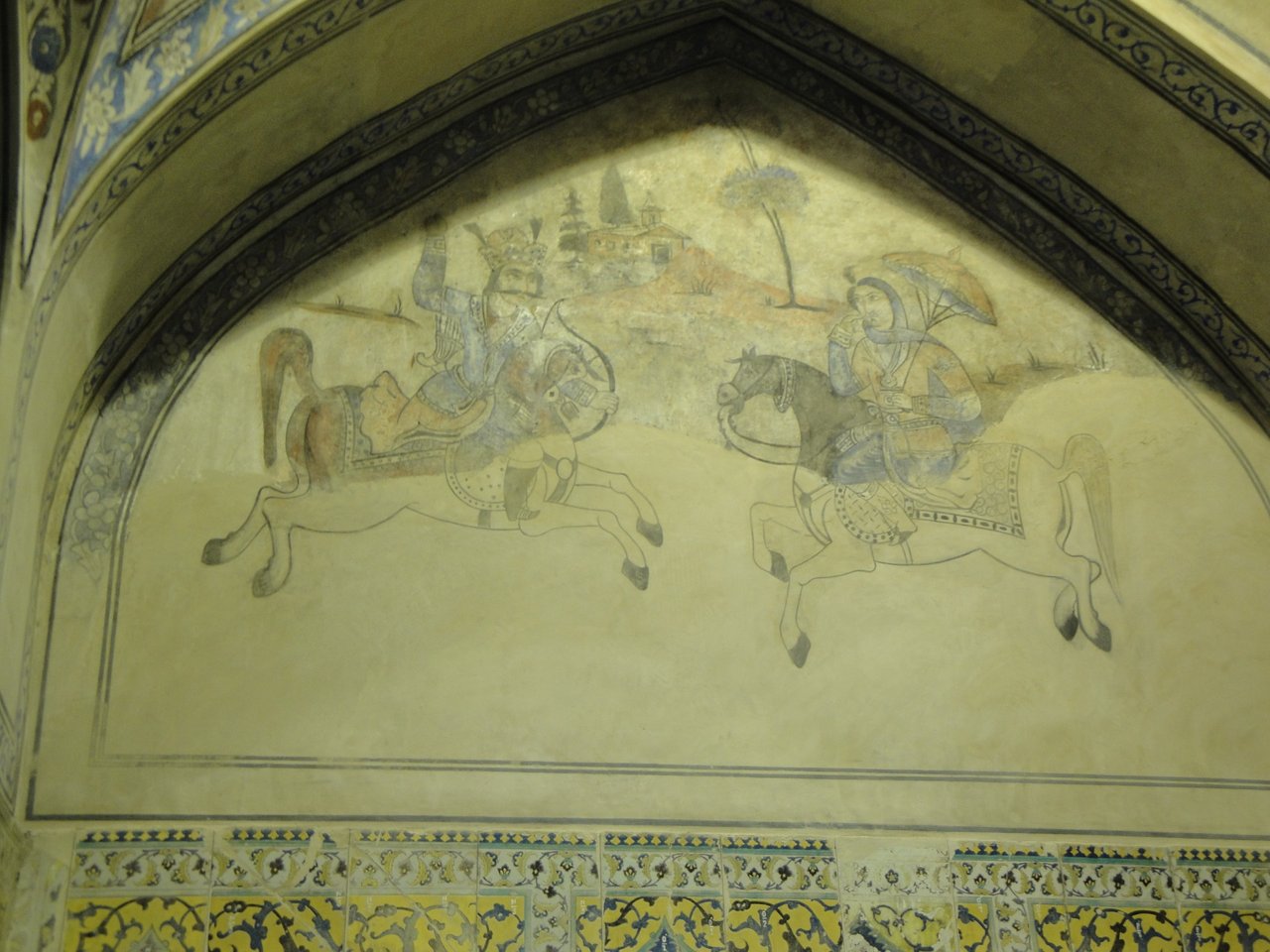
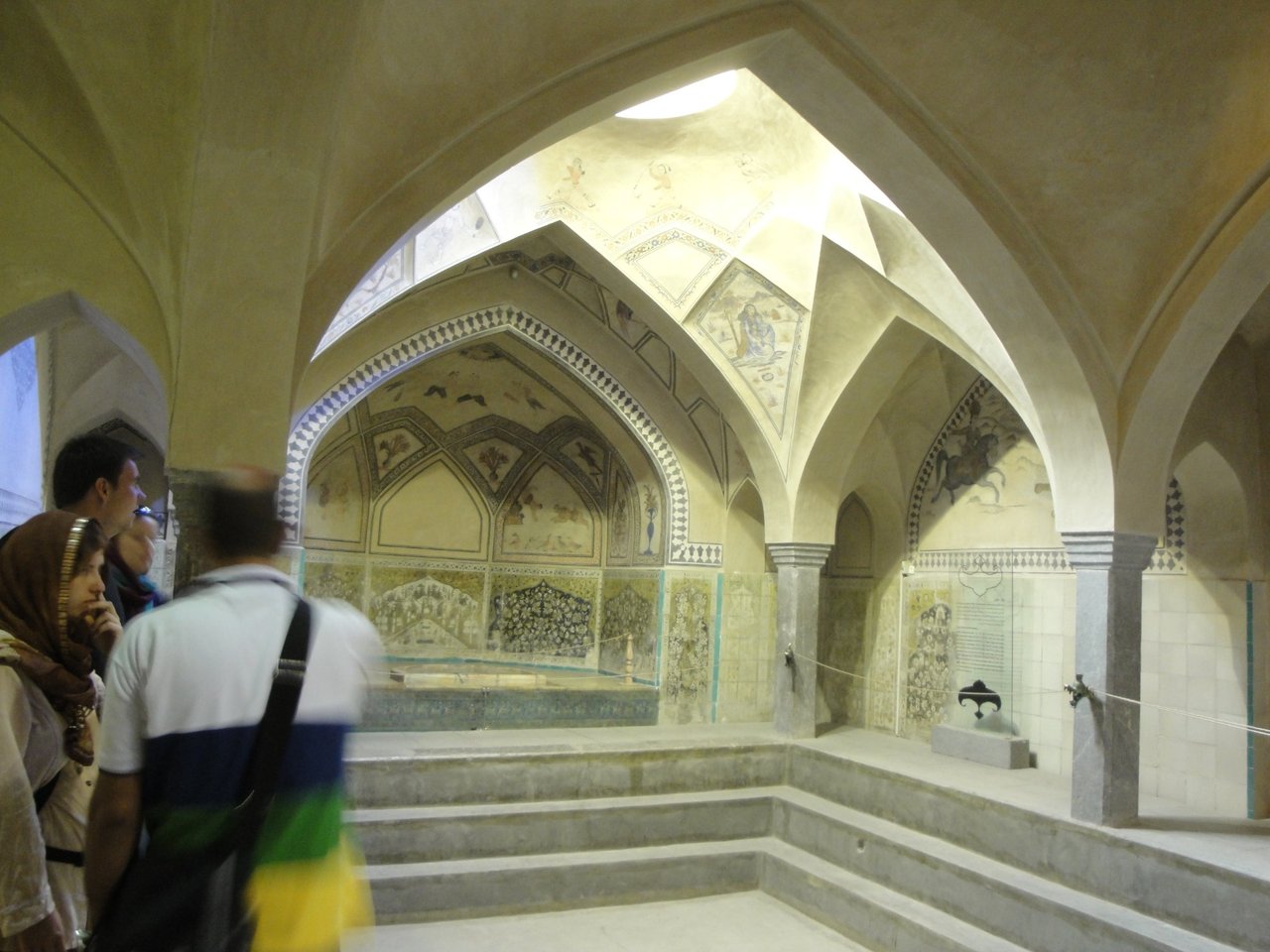
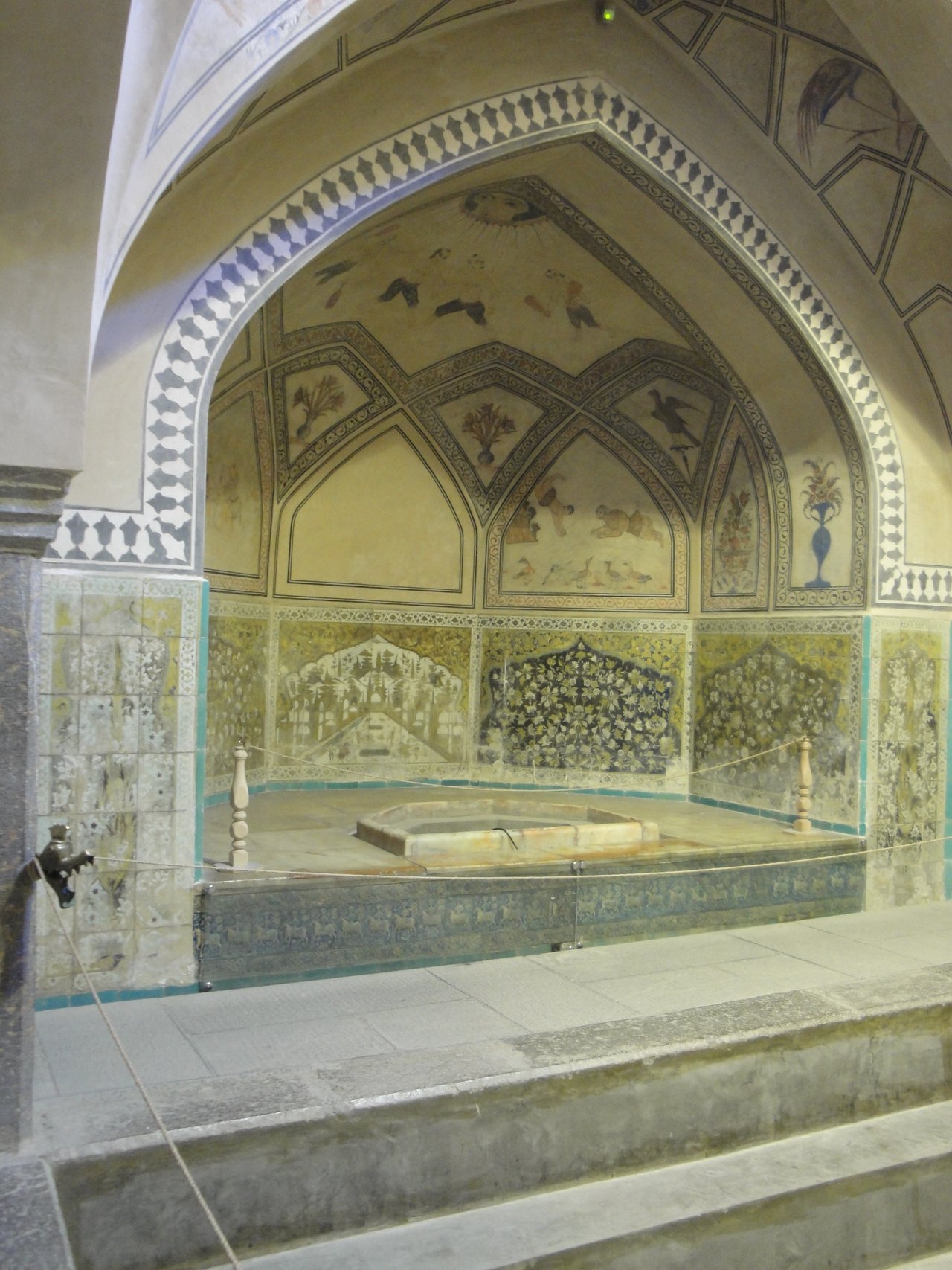

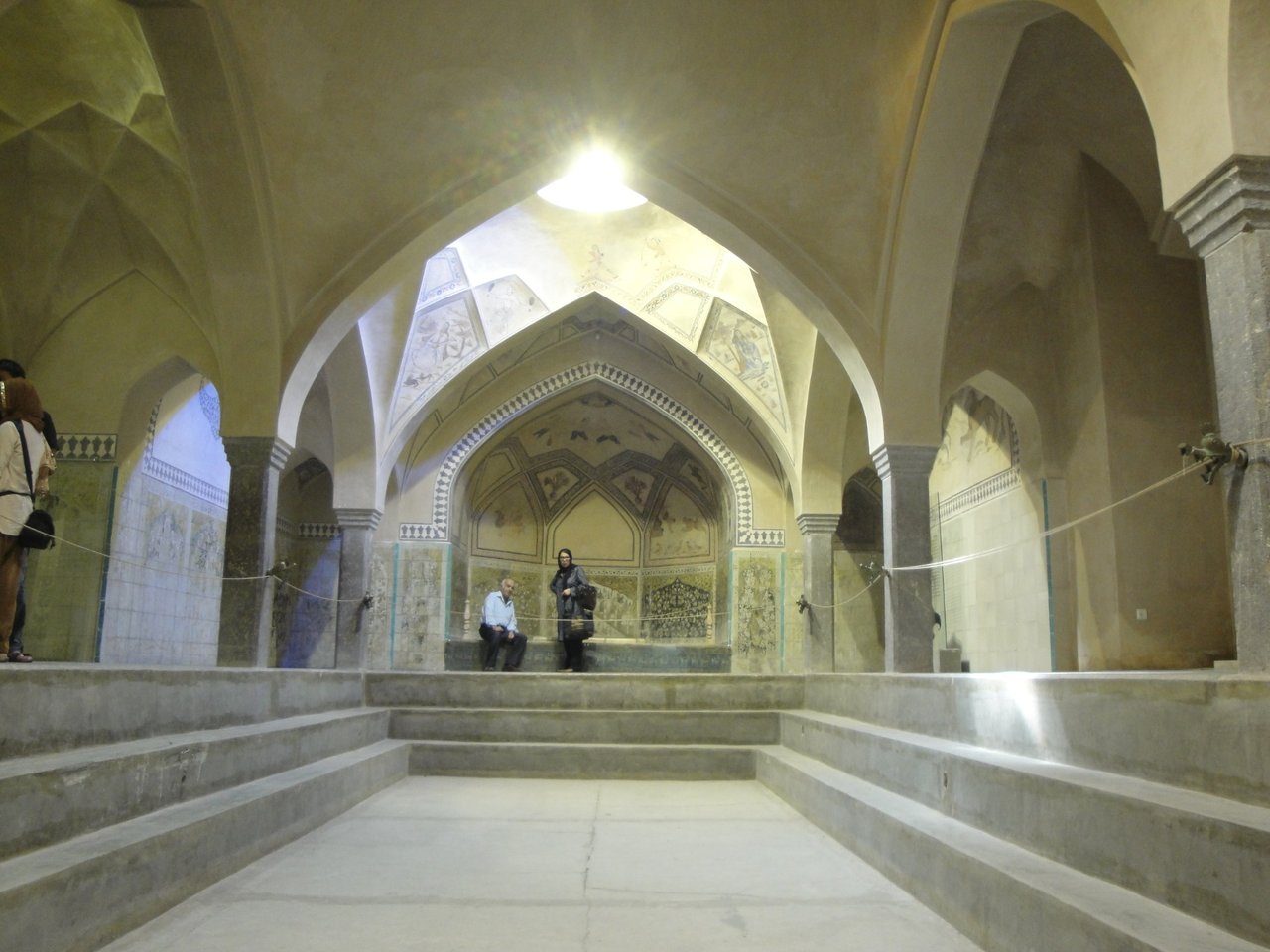

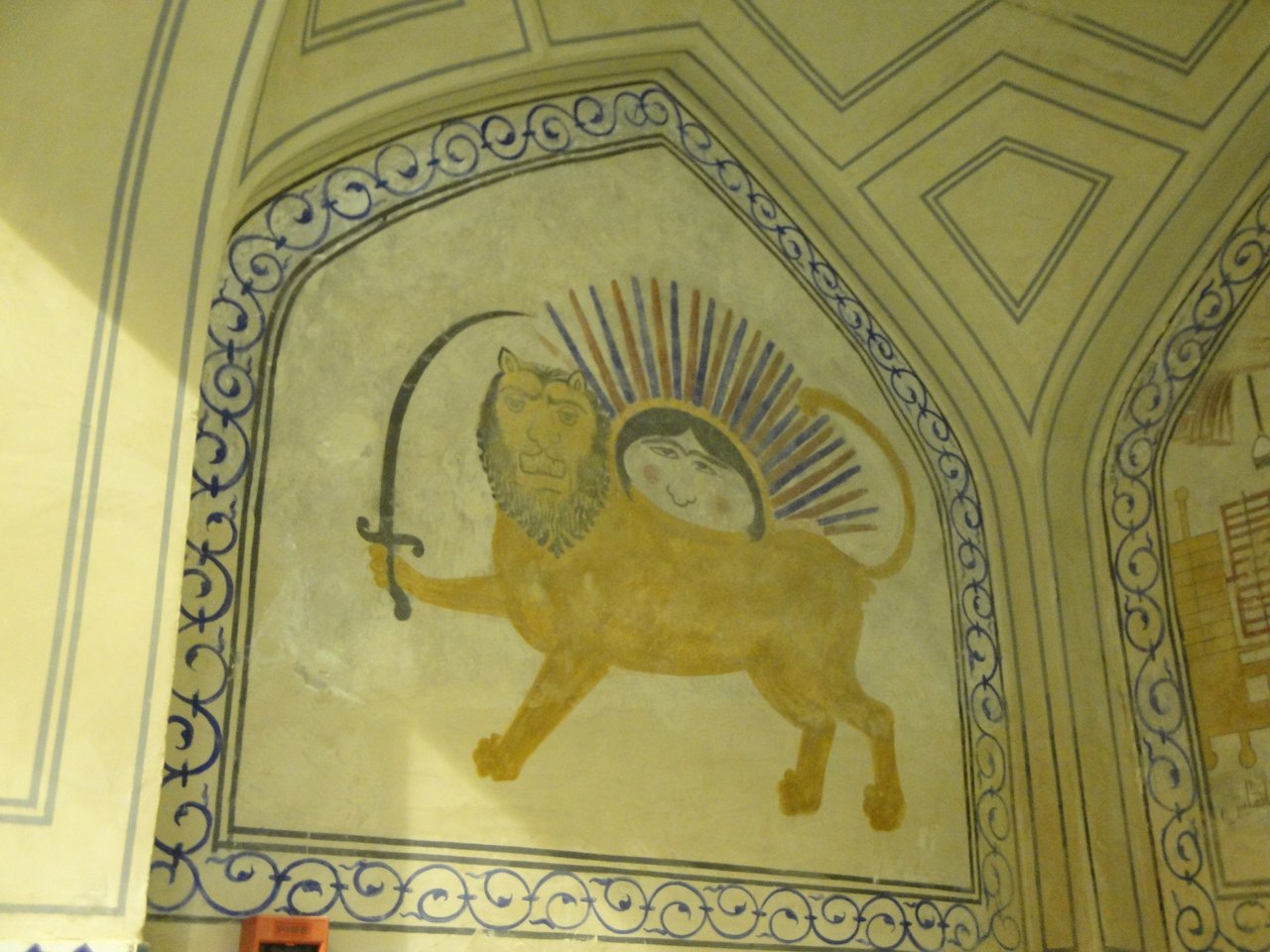
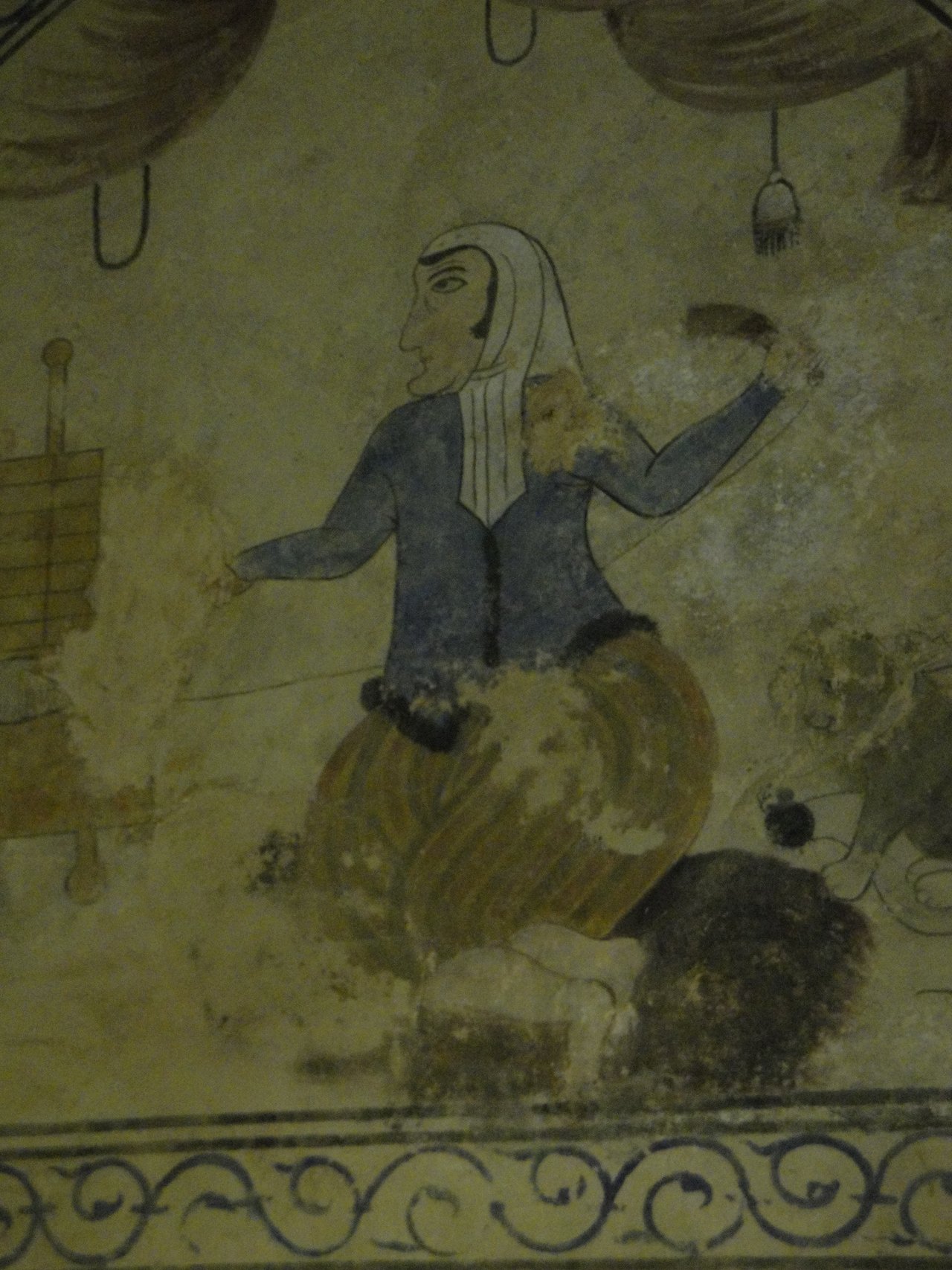
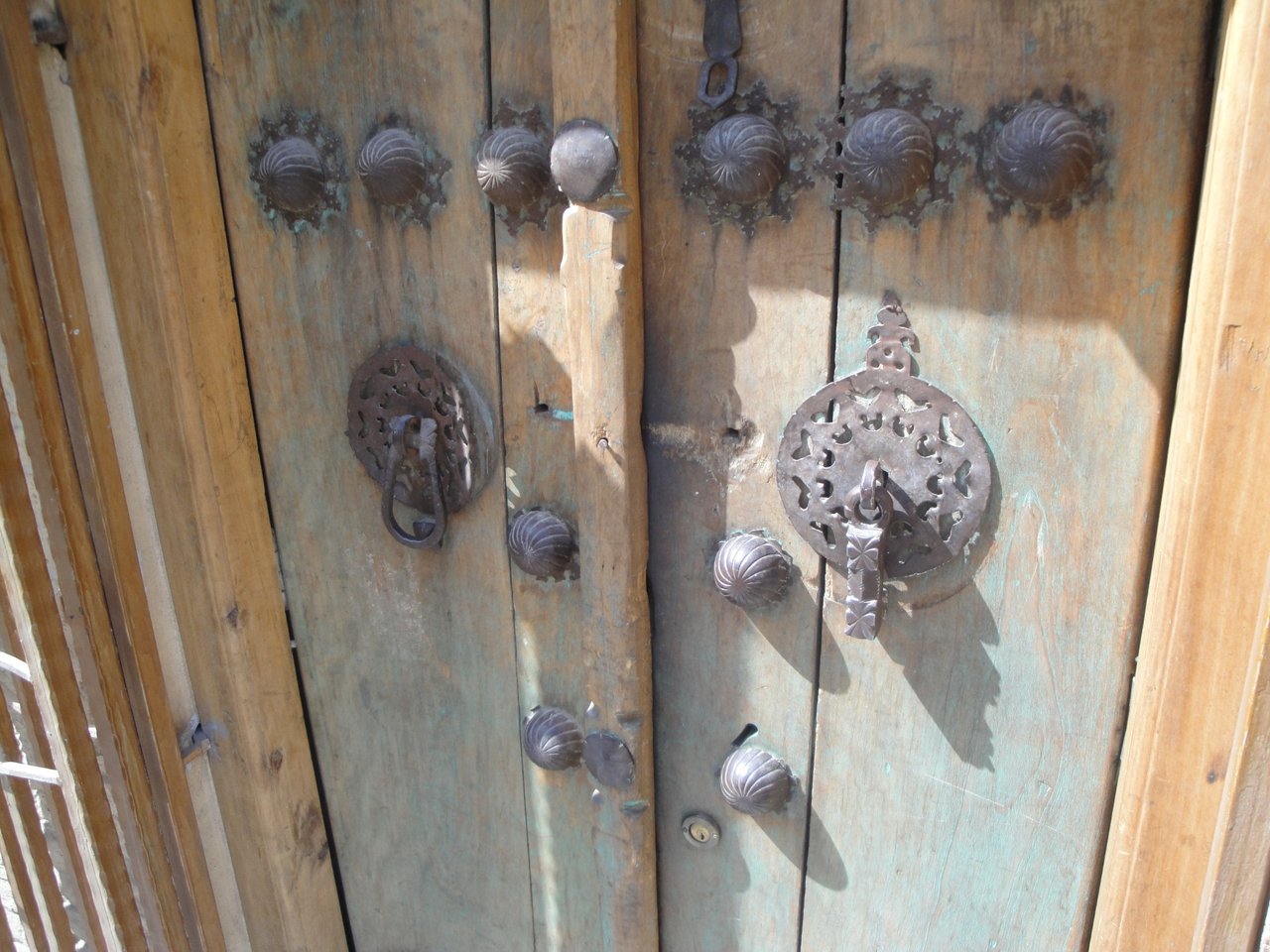
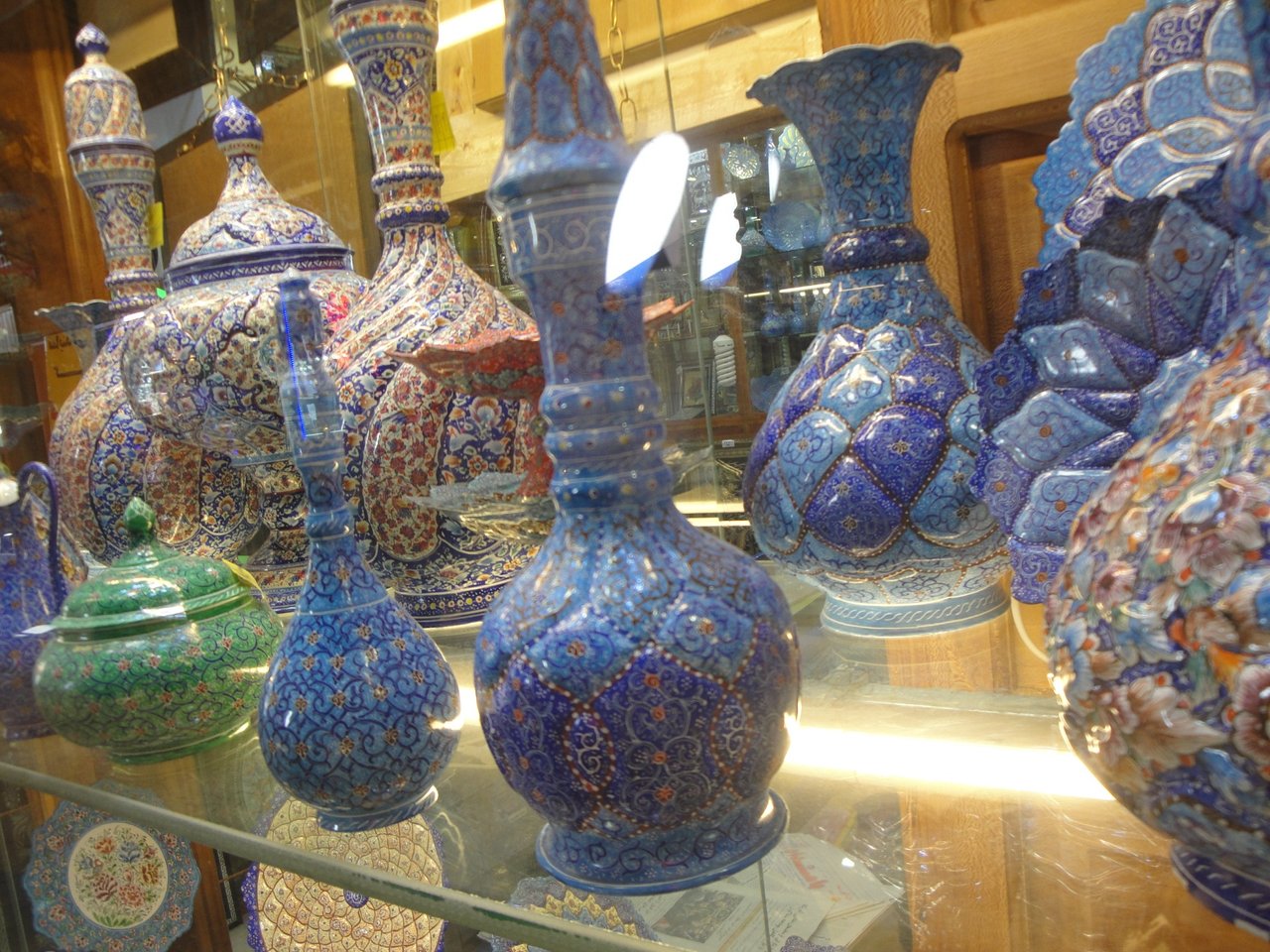
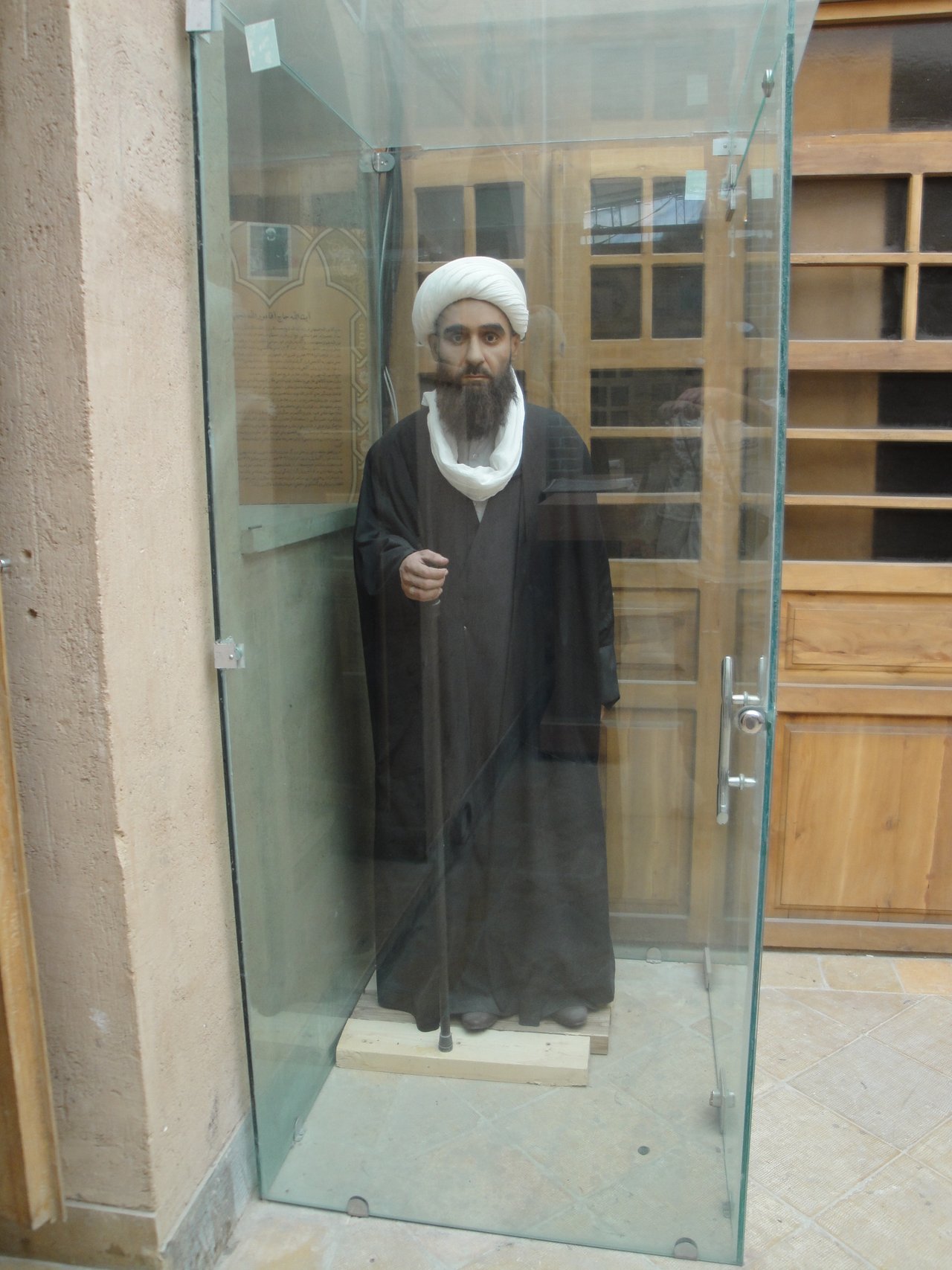
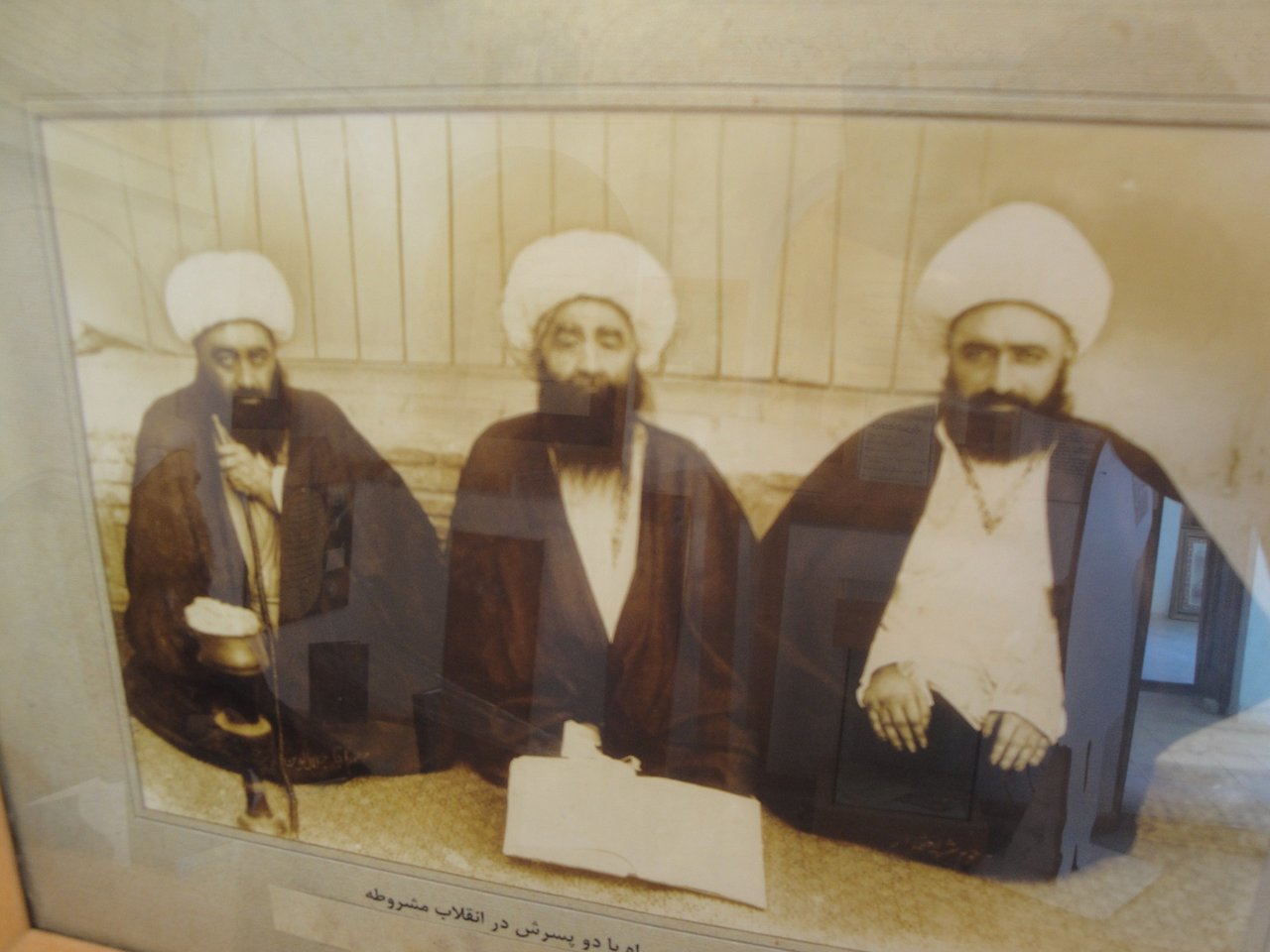

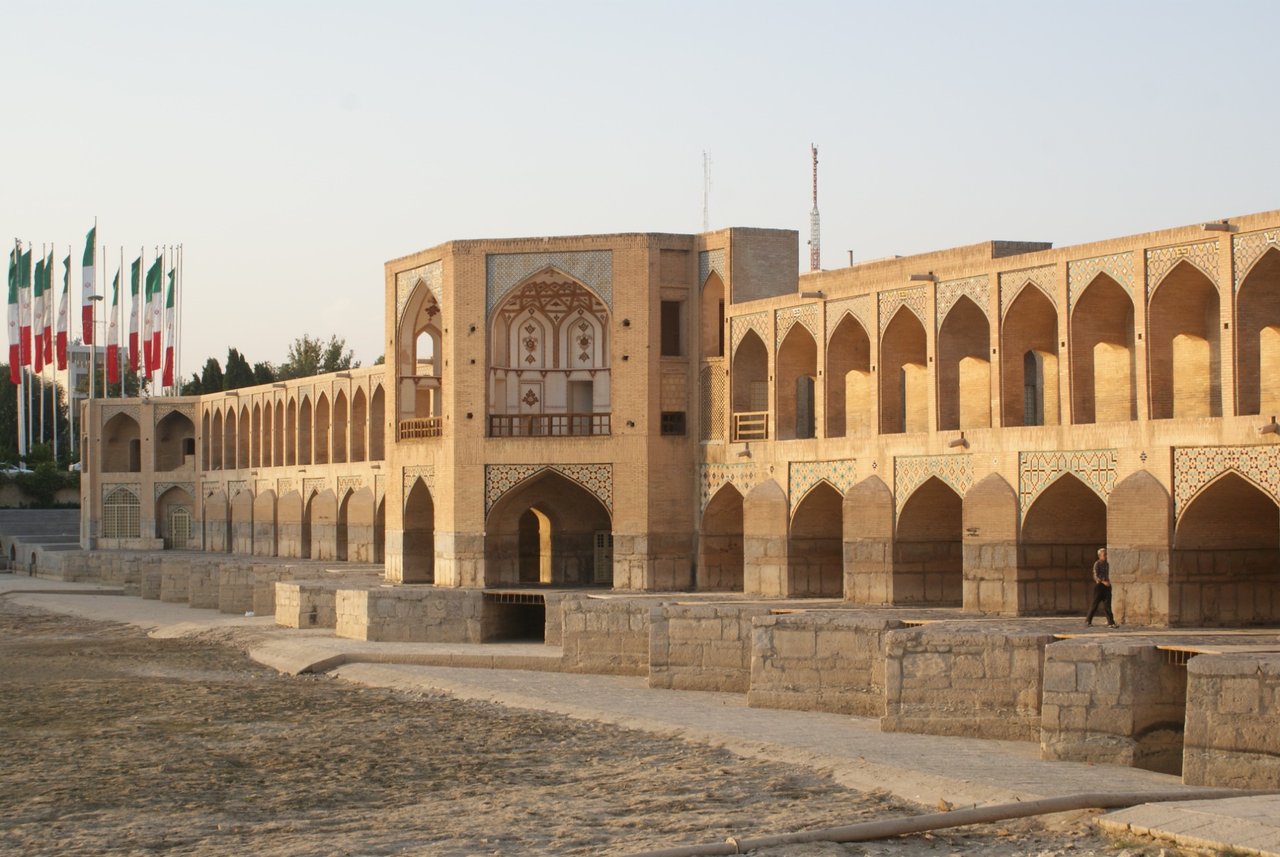
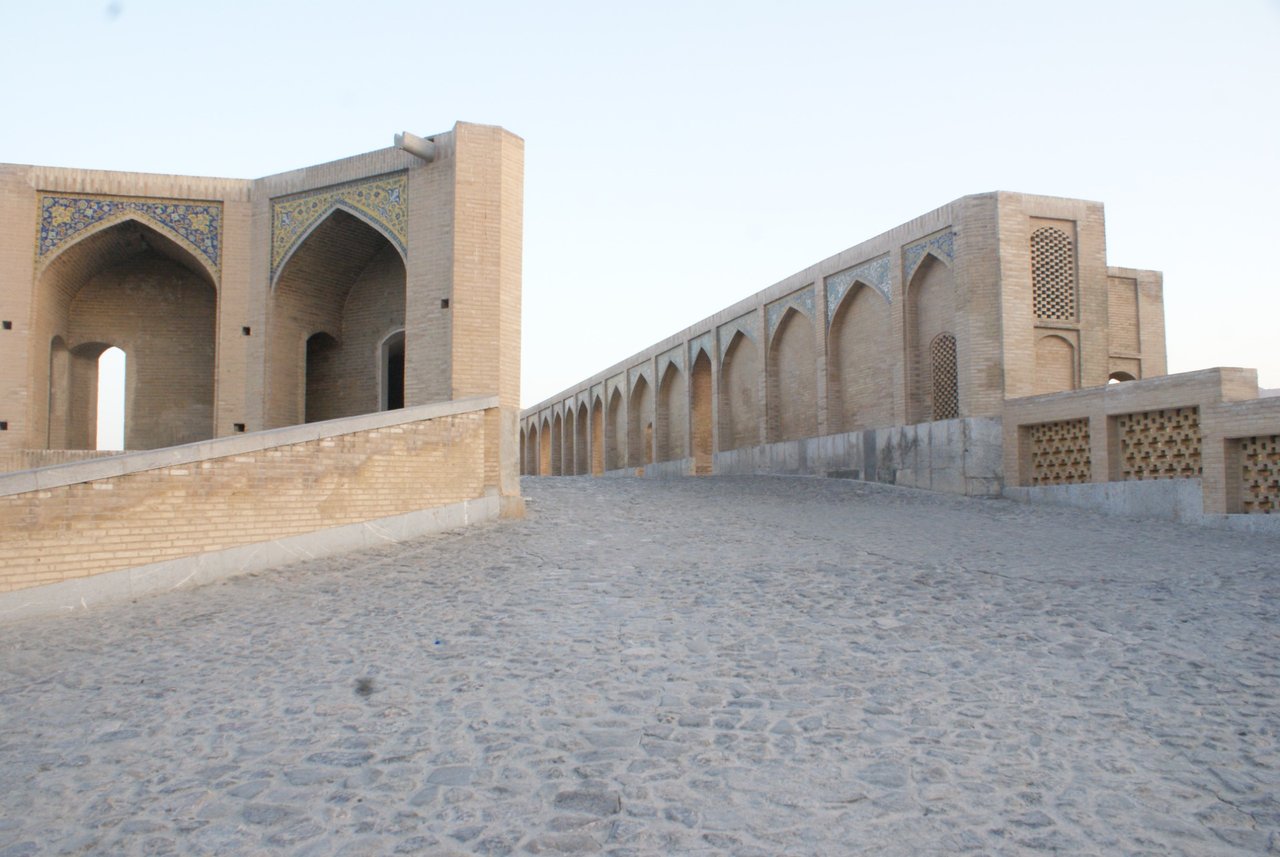
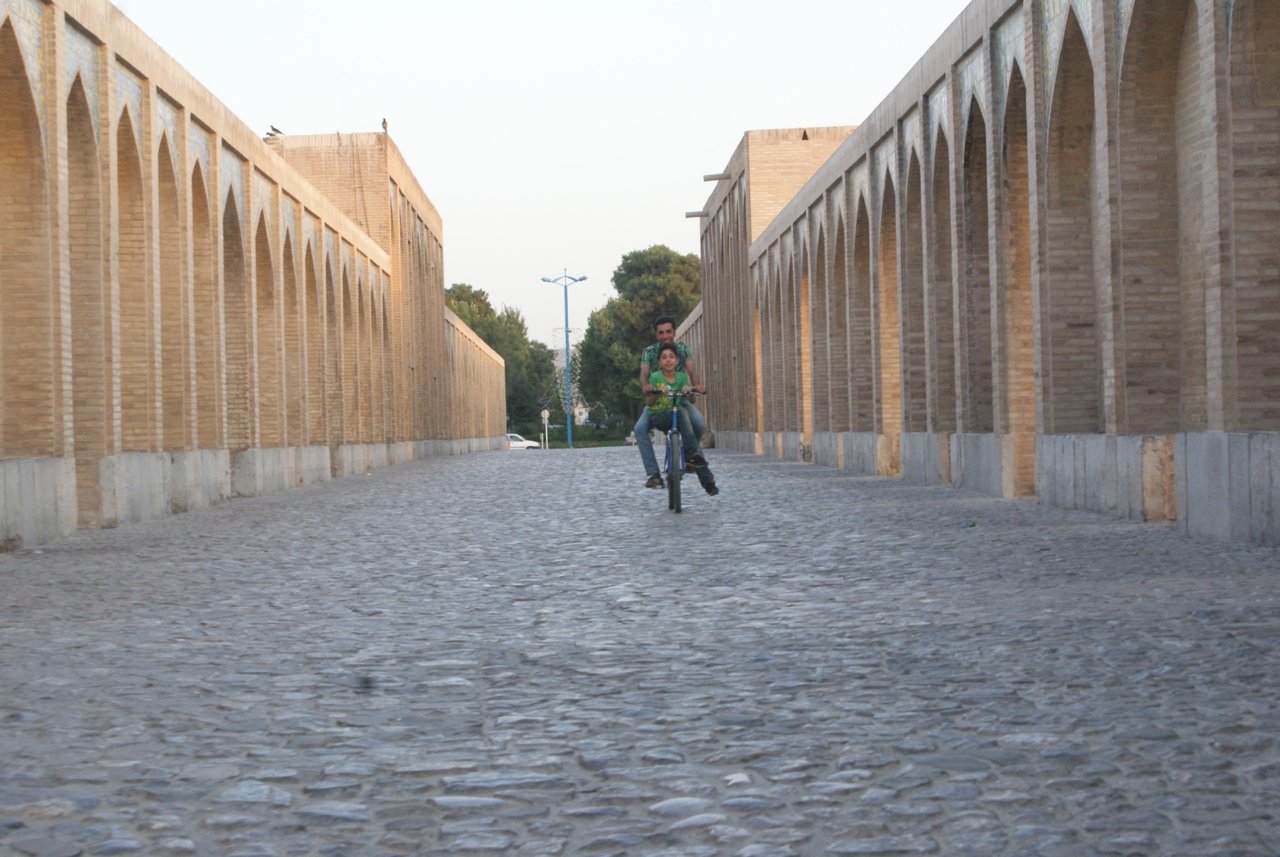
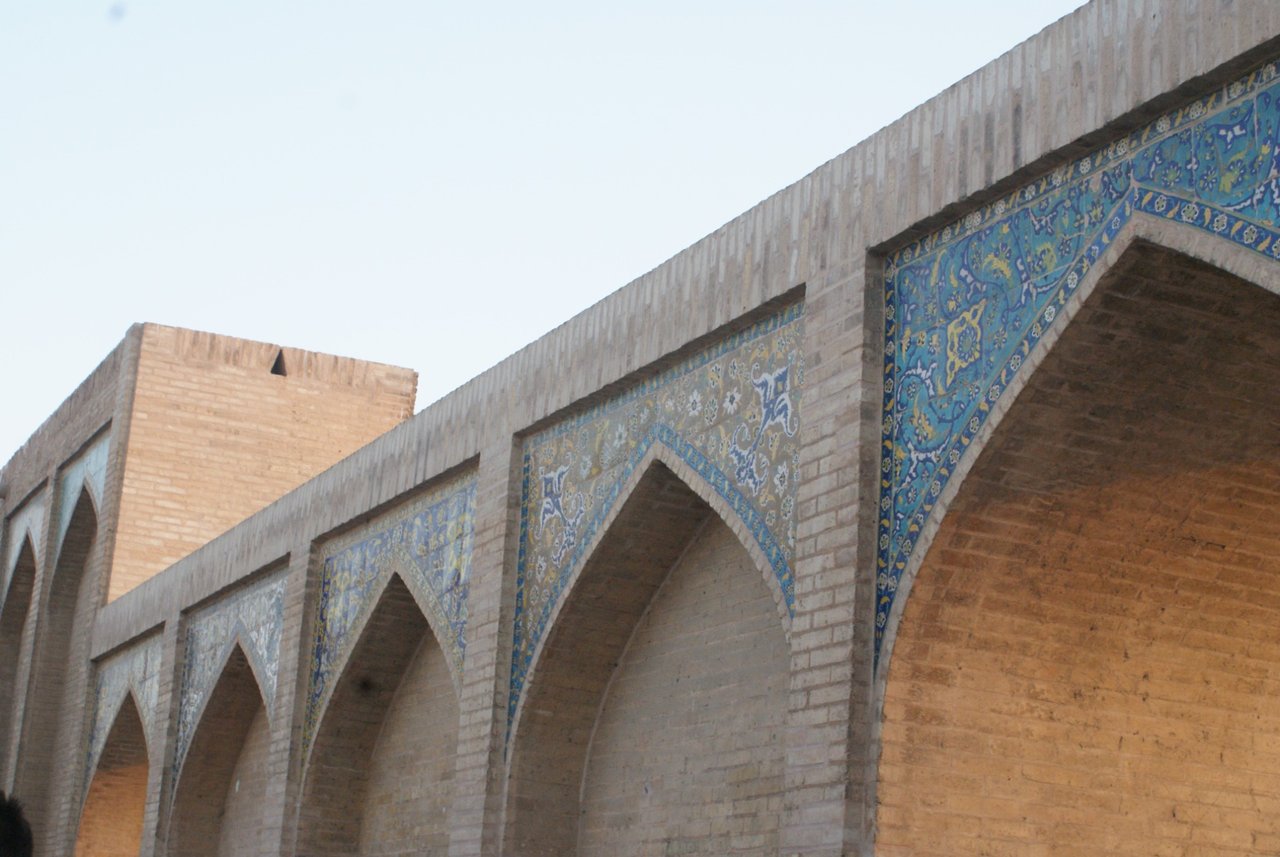
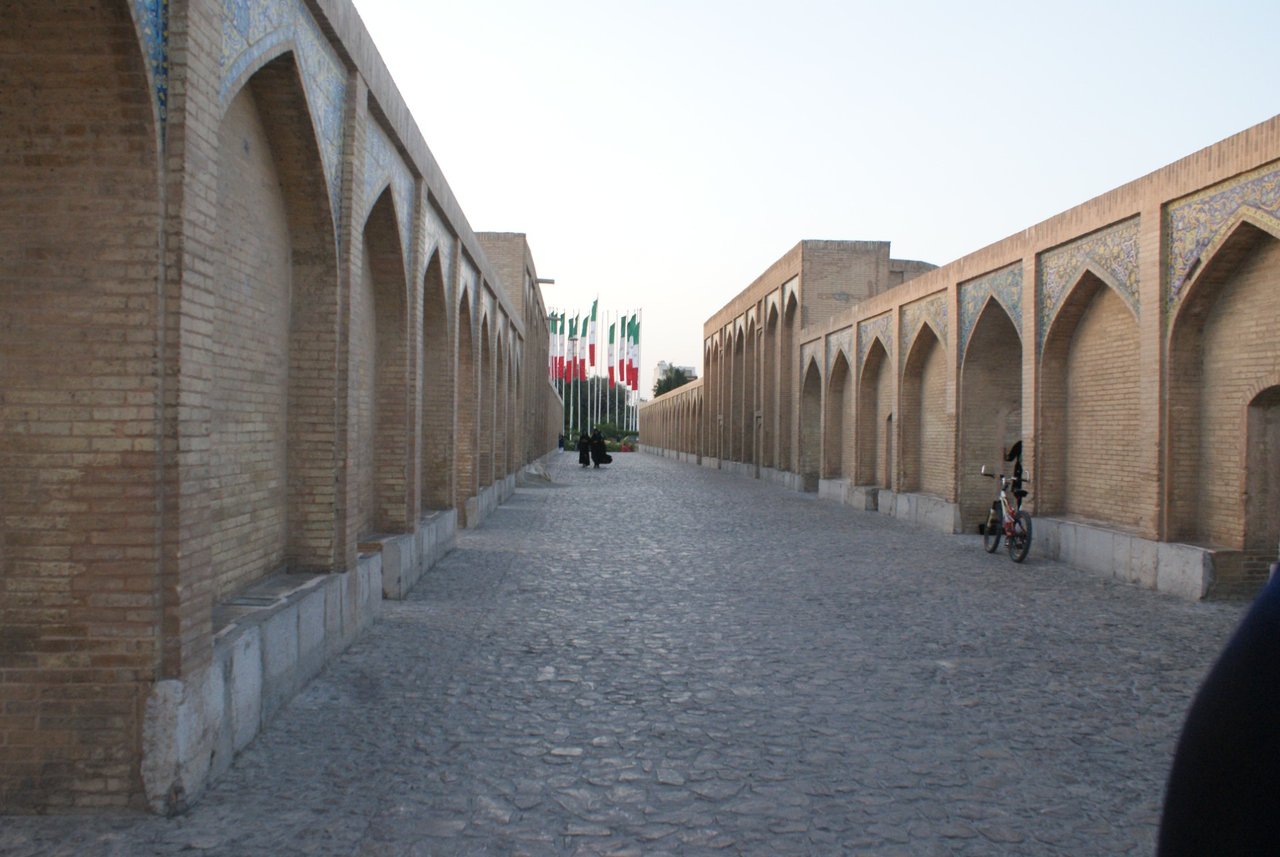
Comments